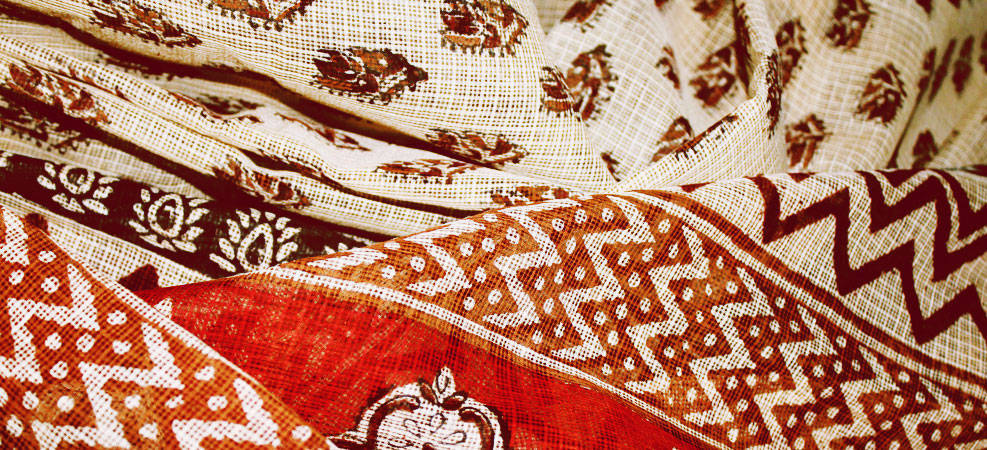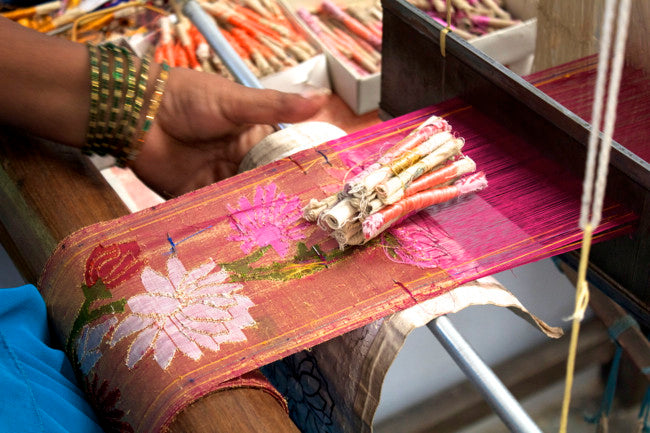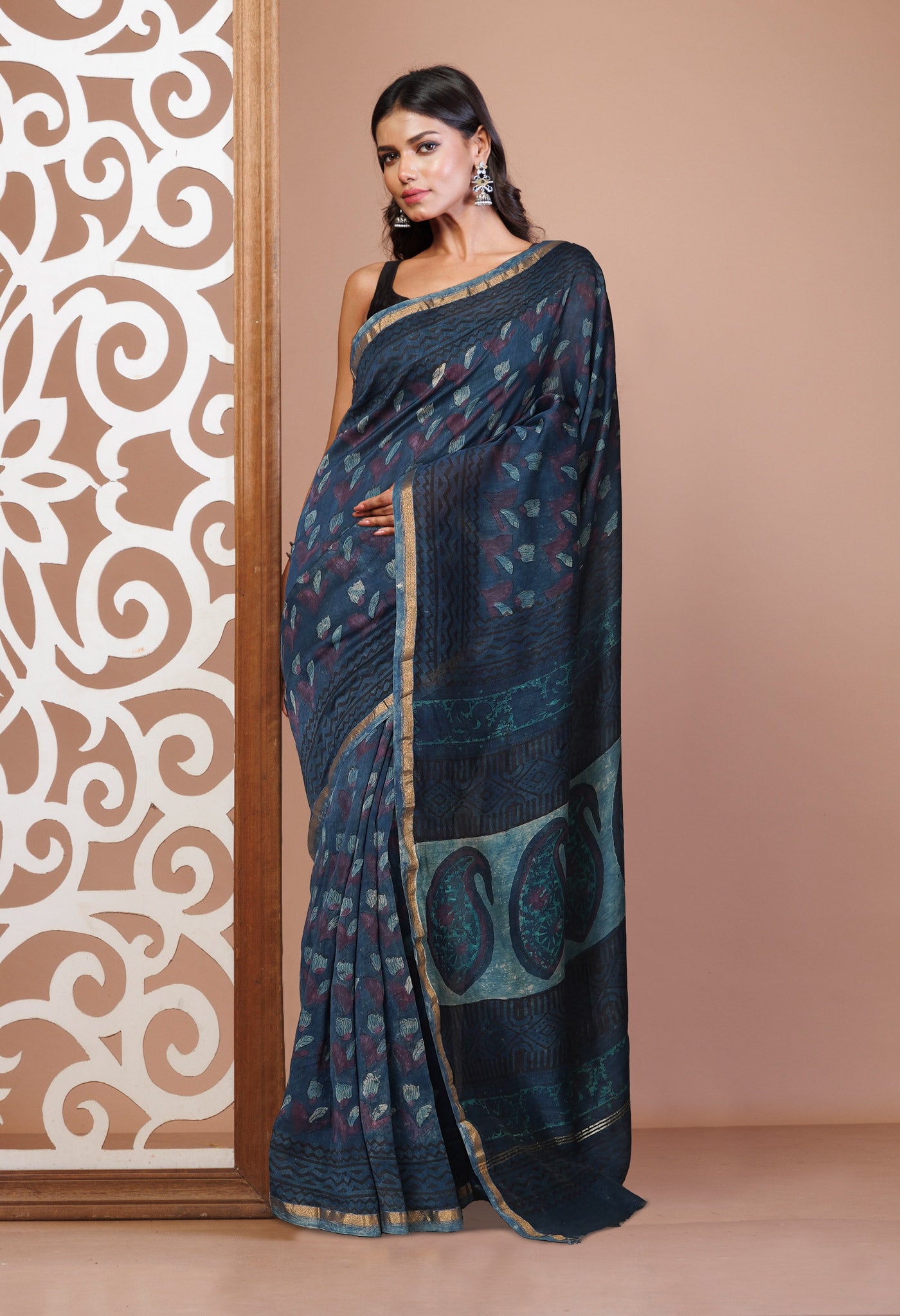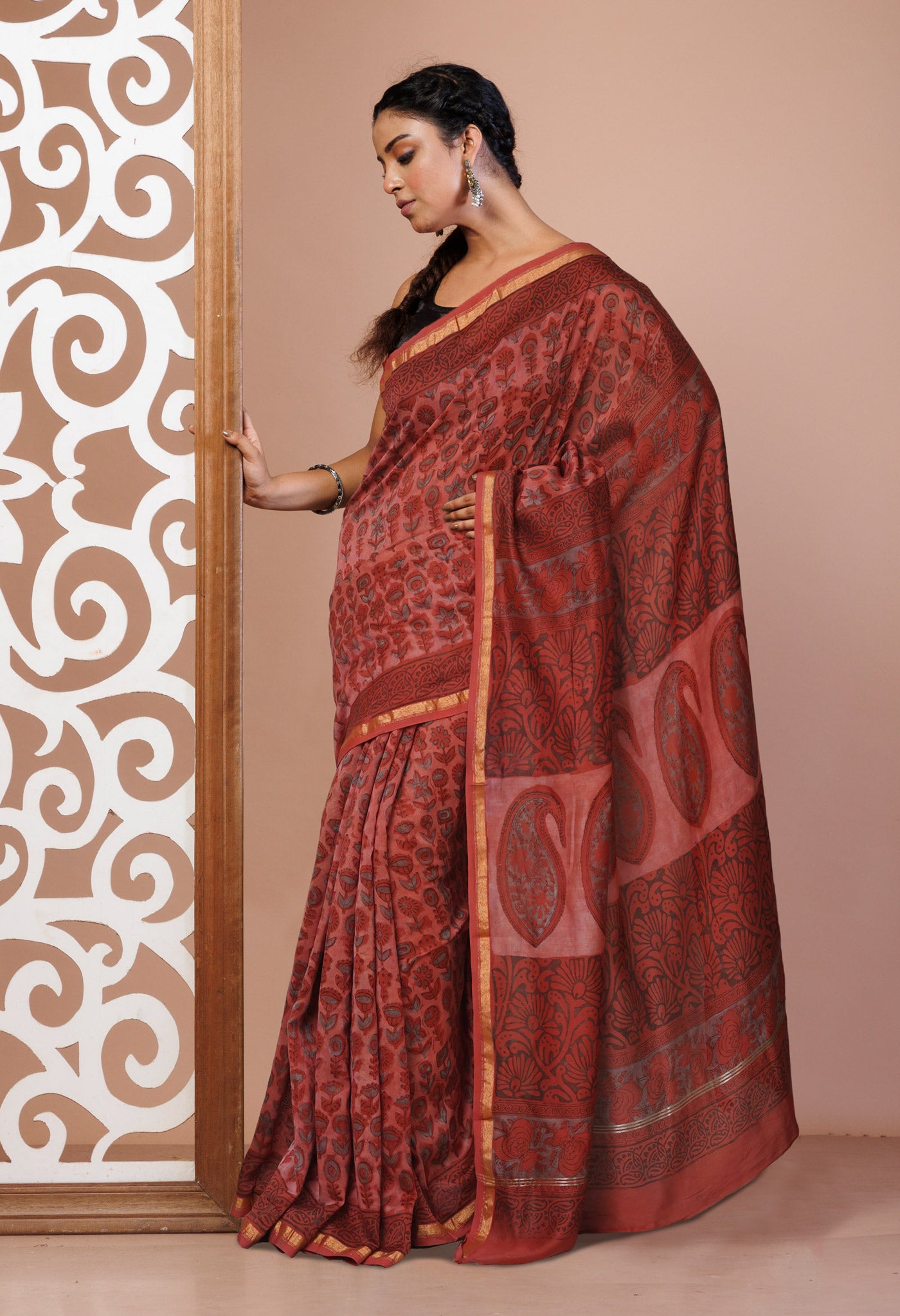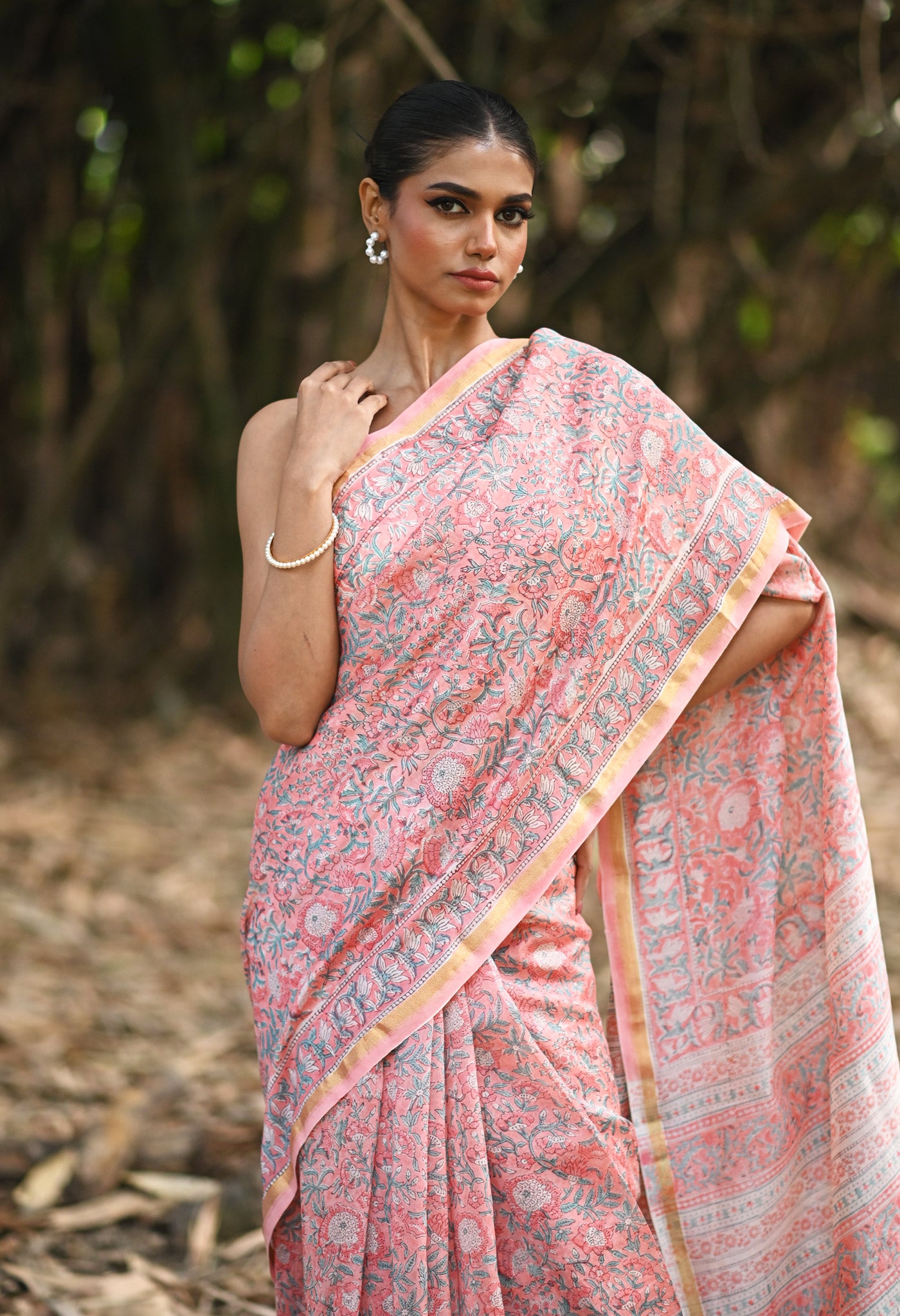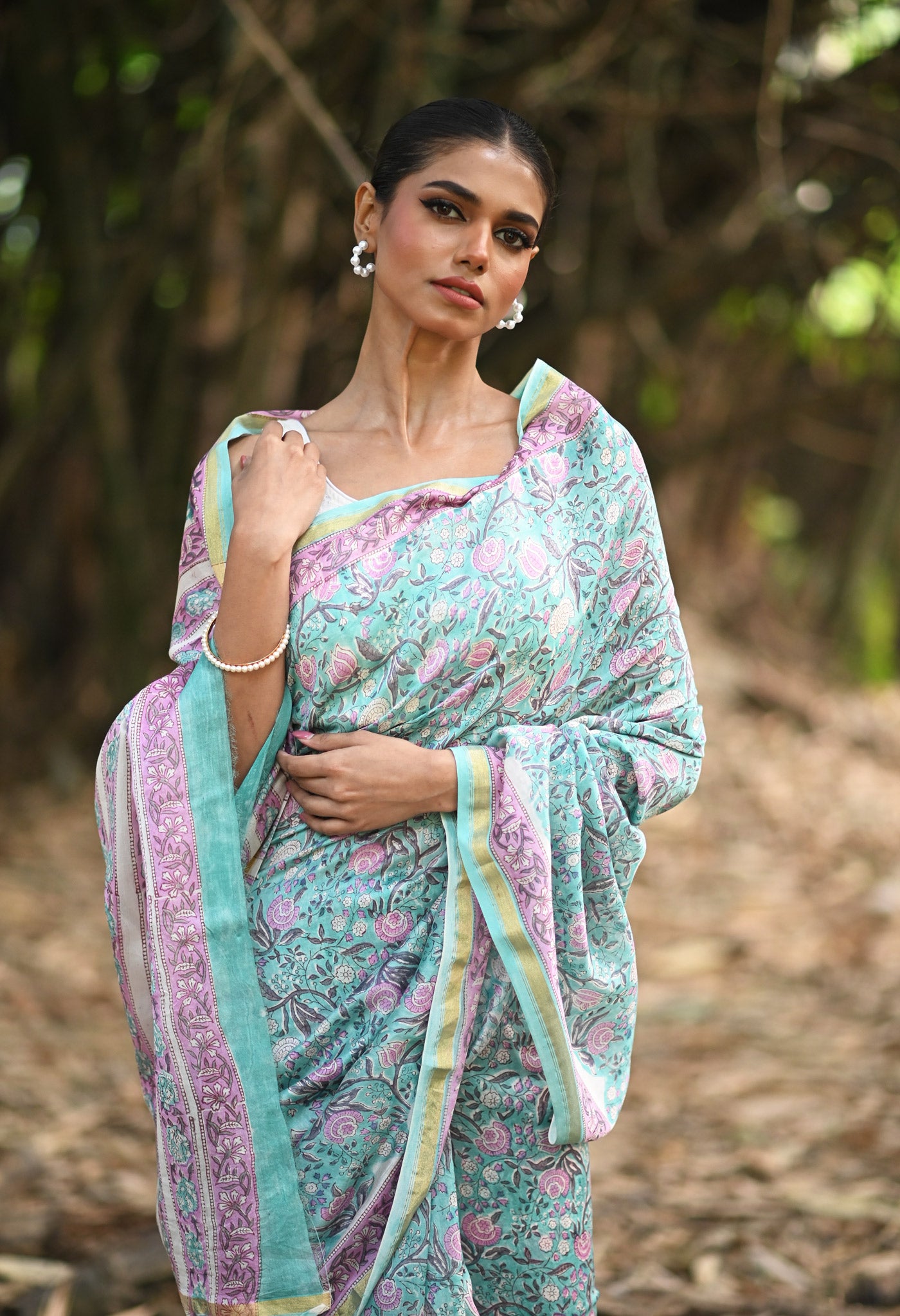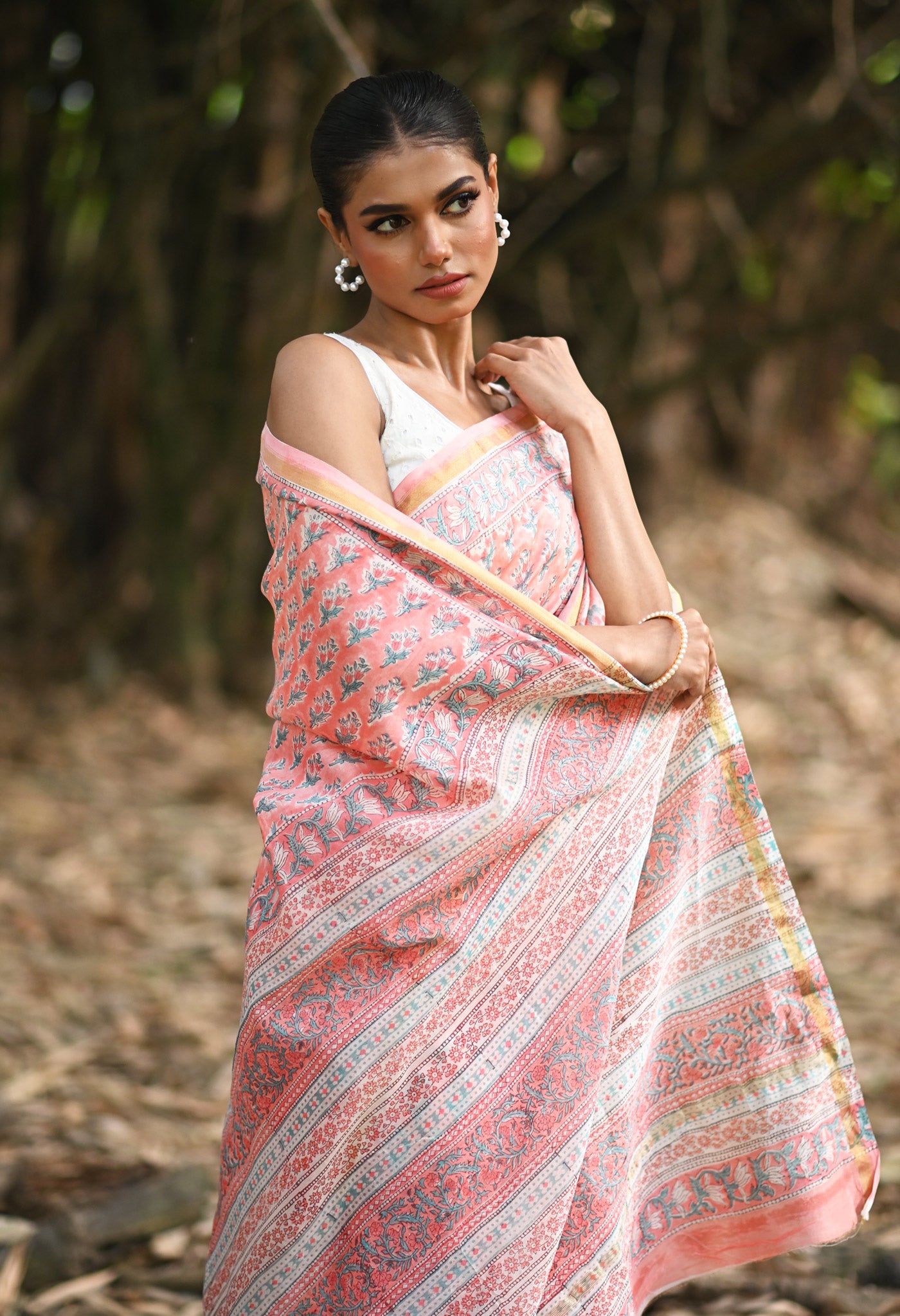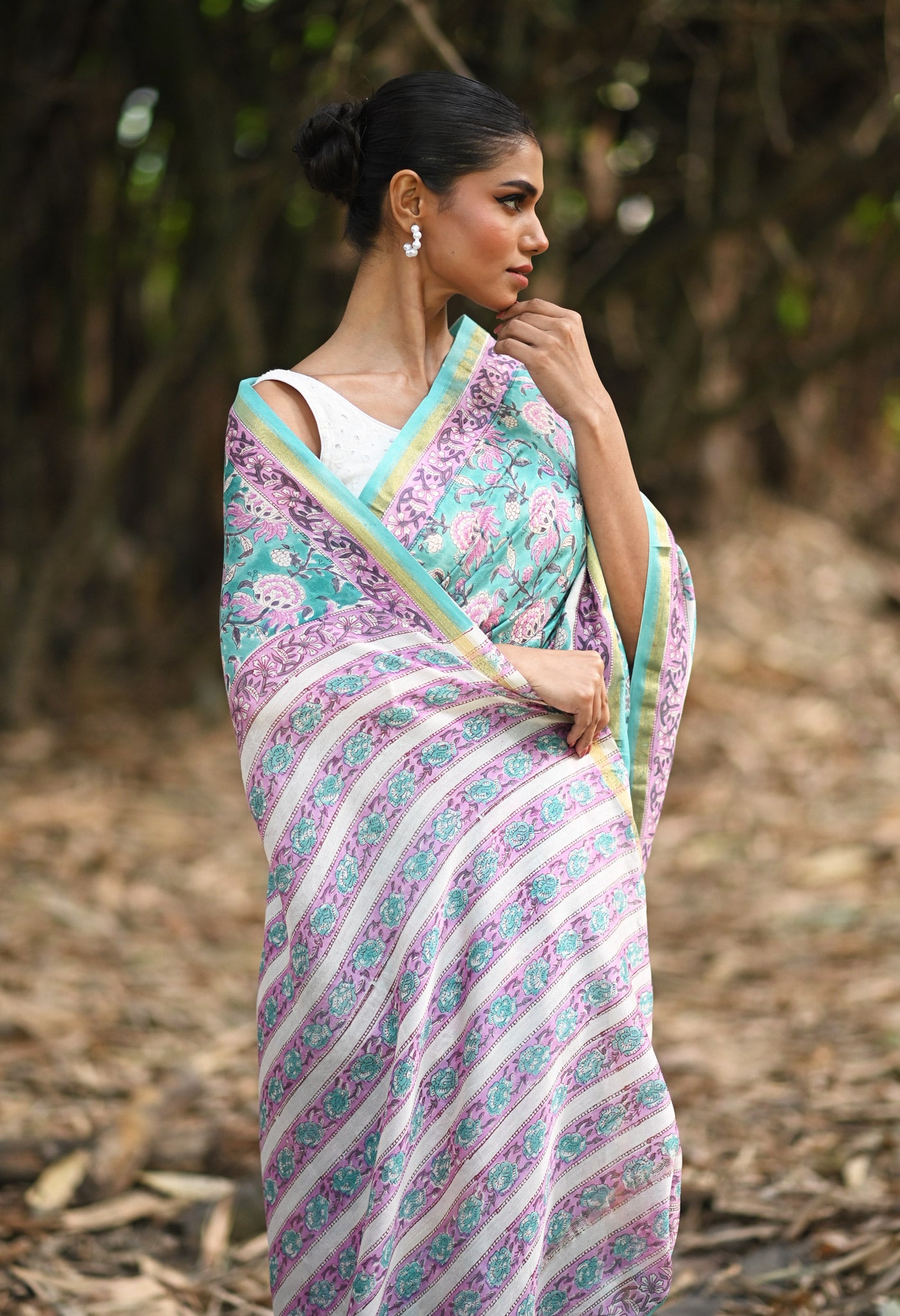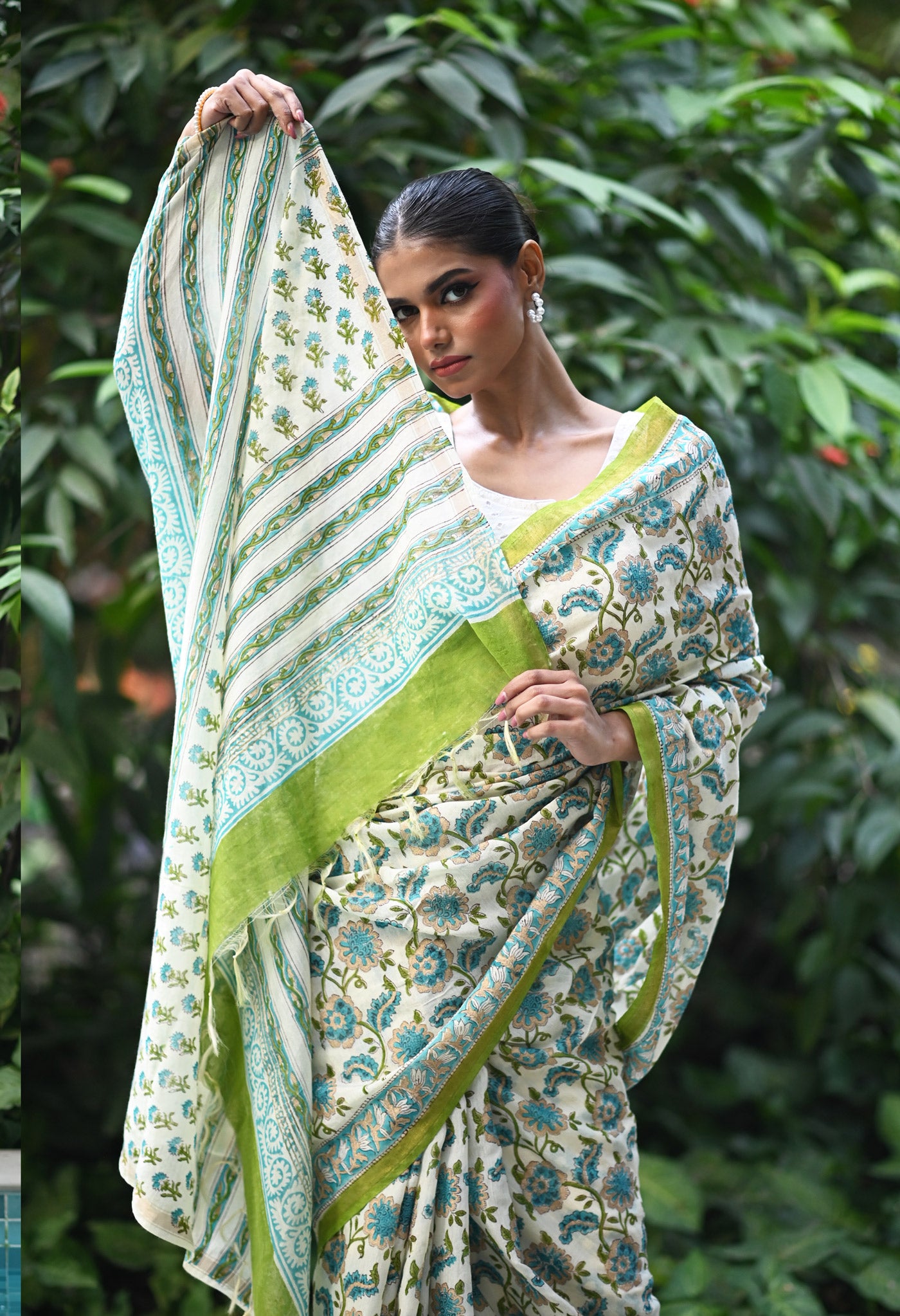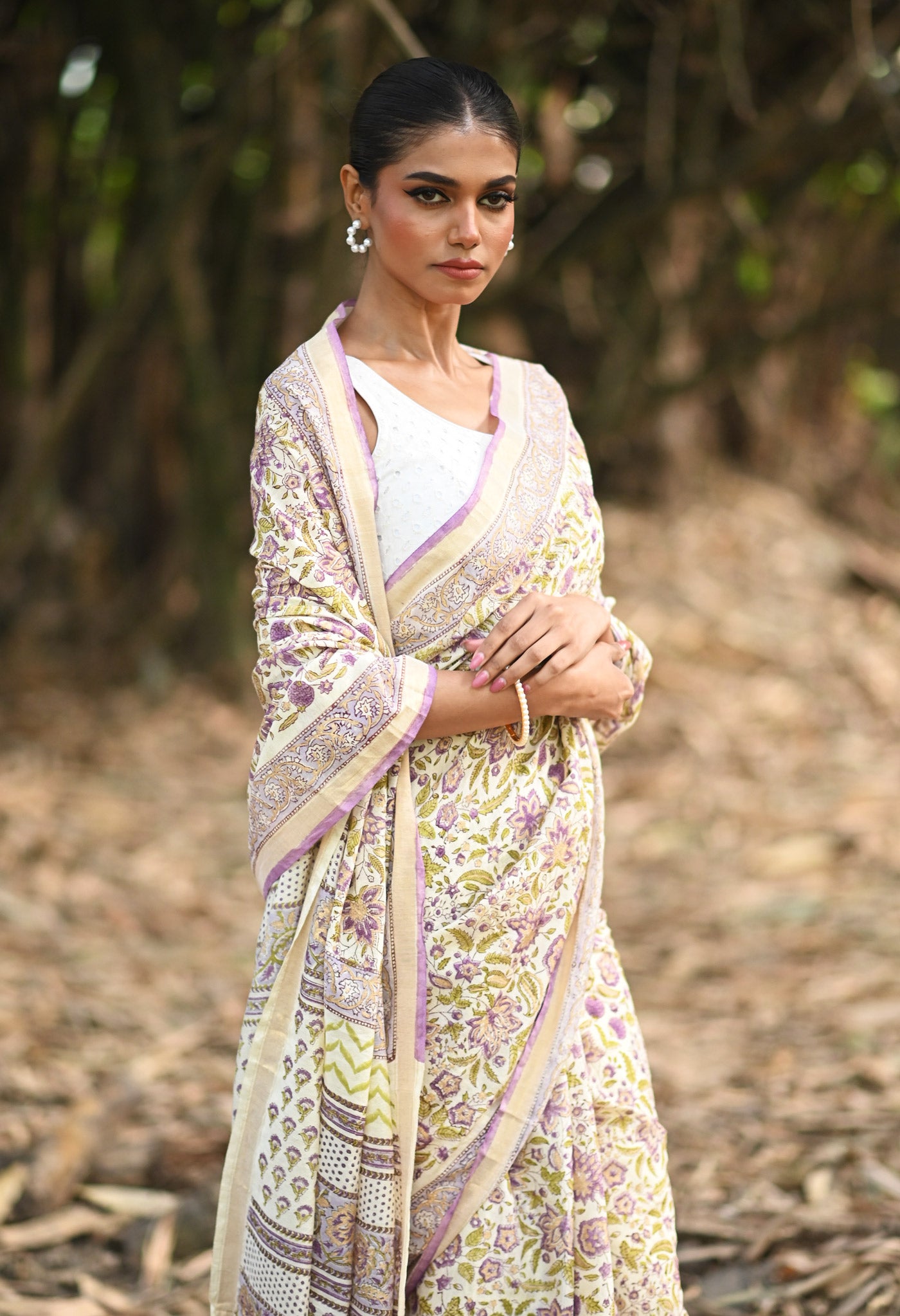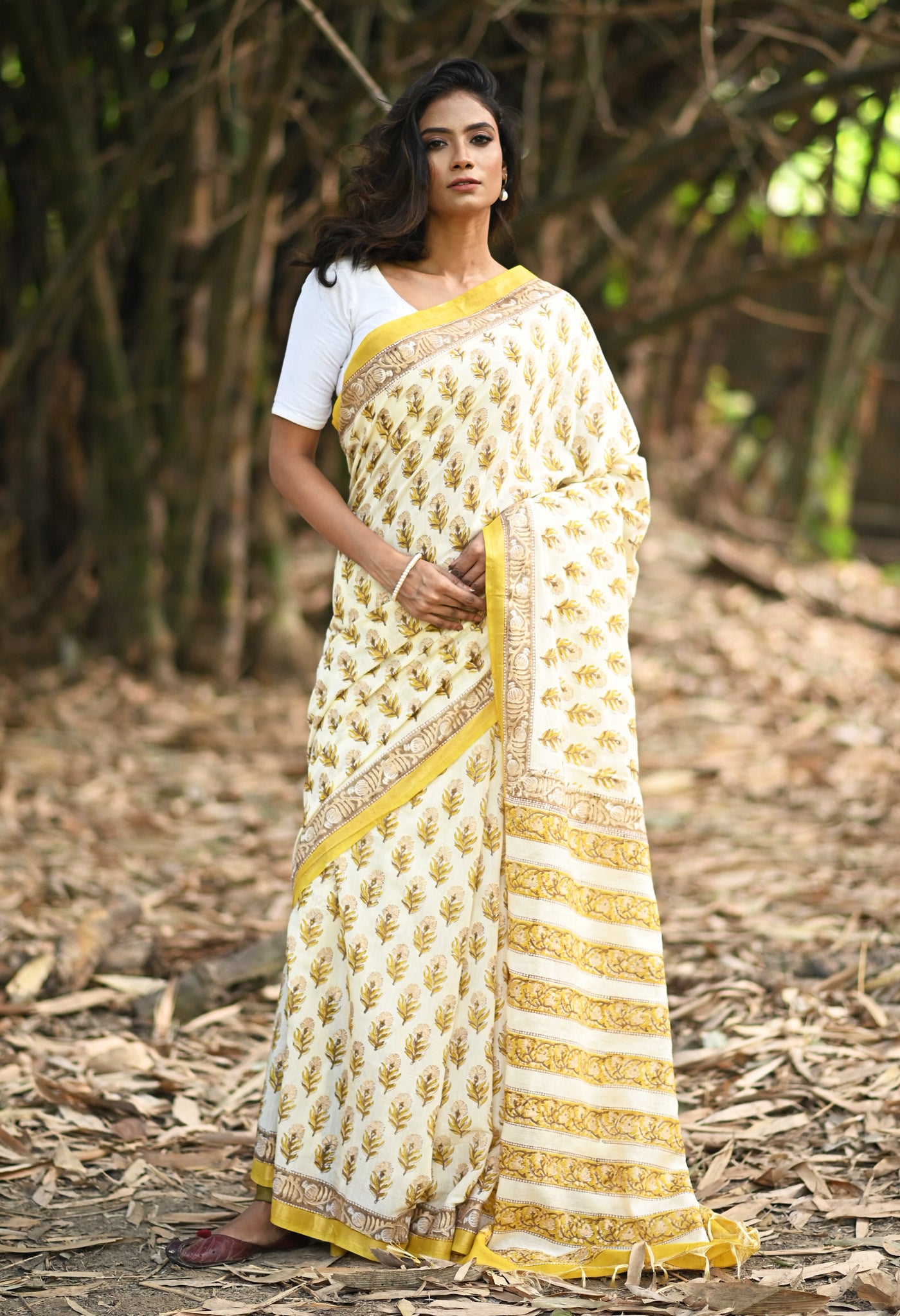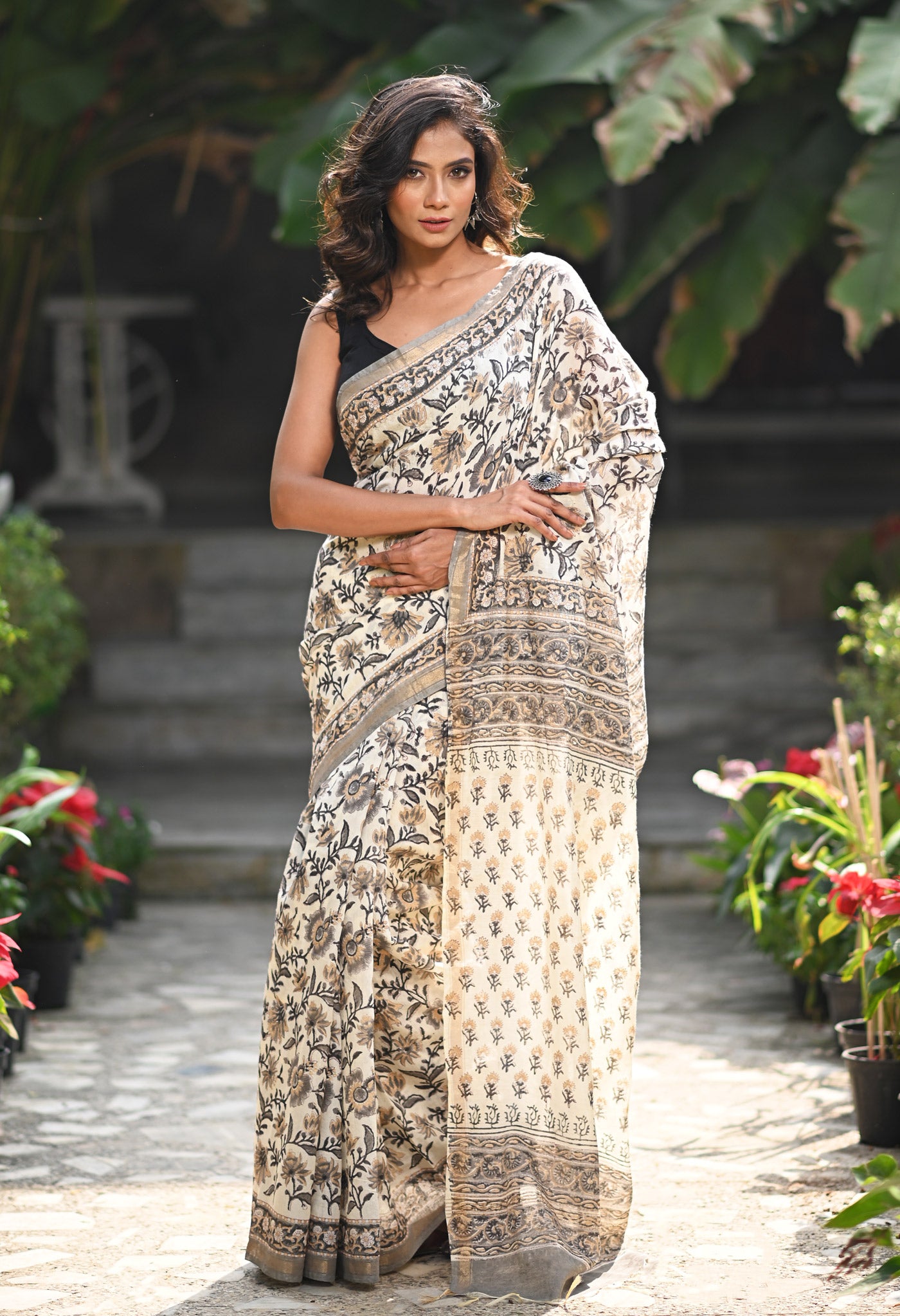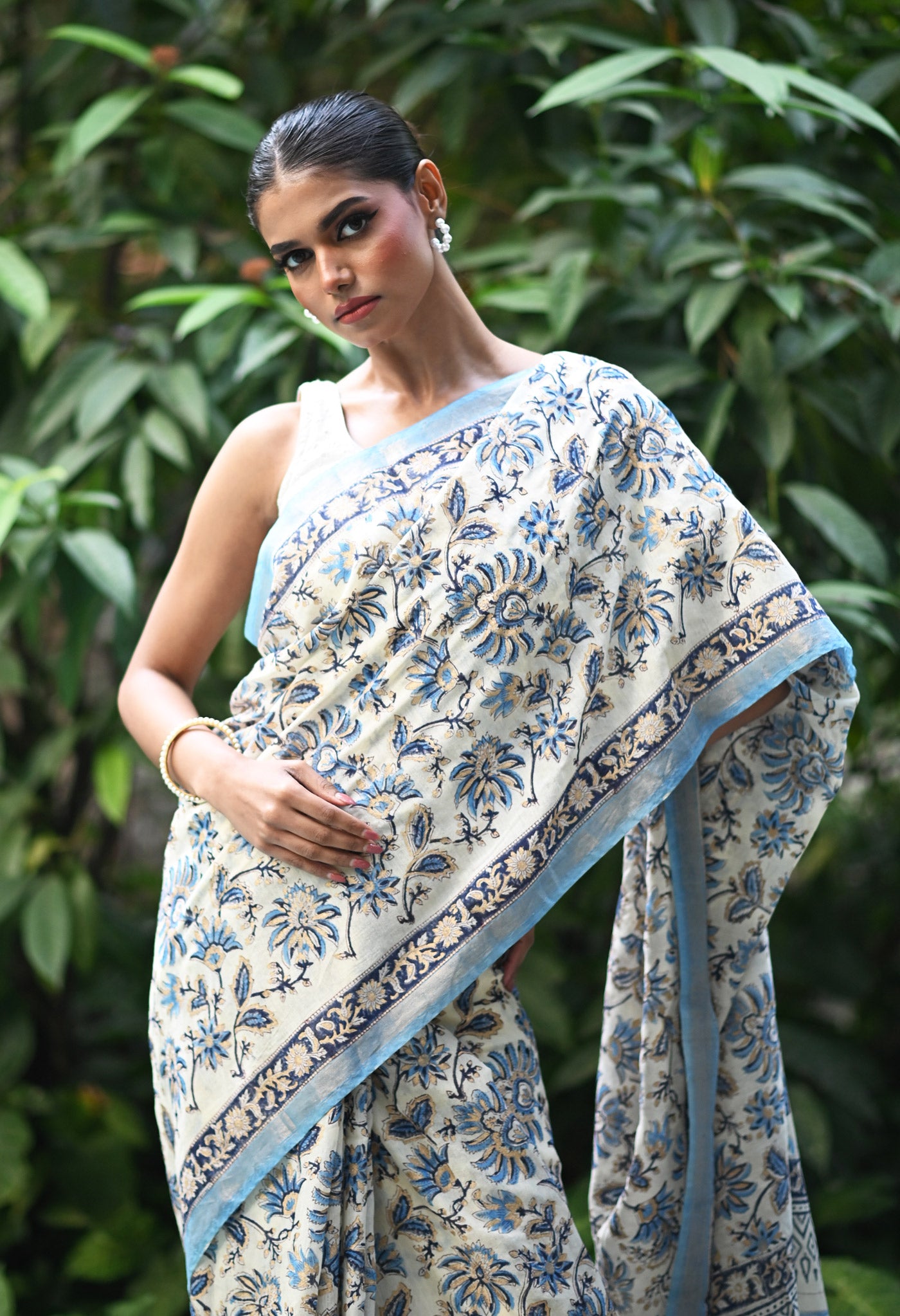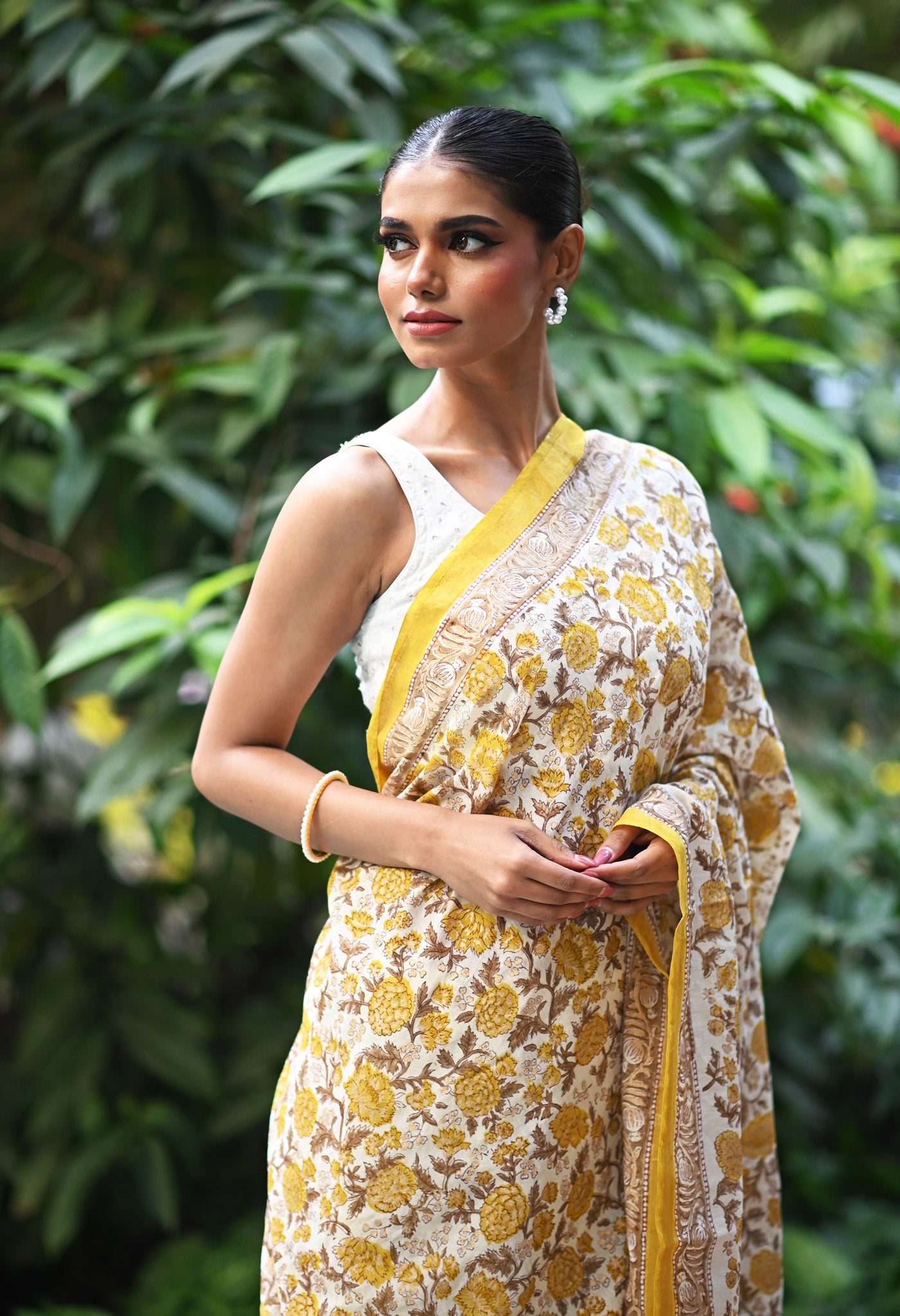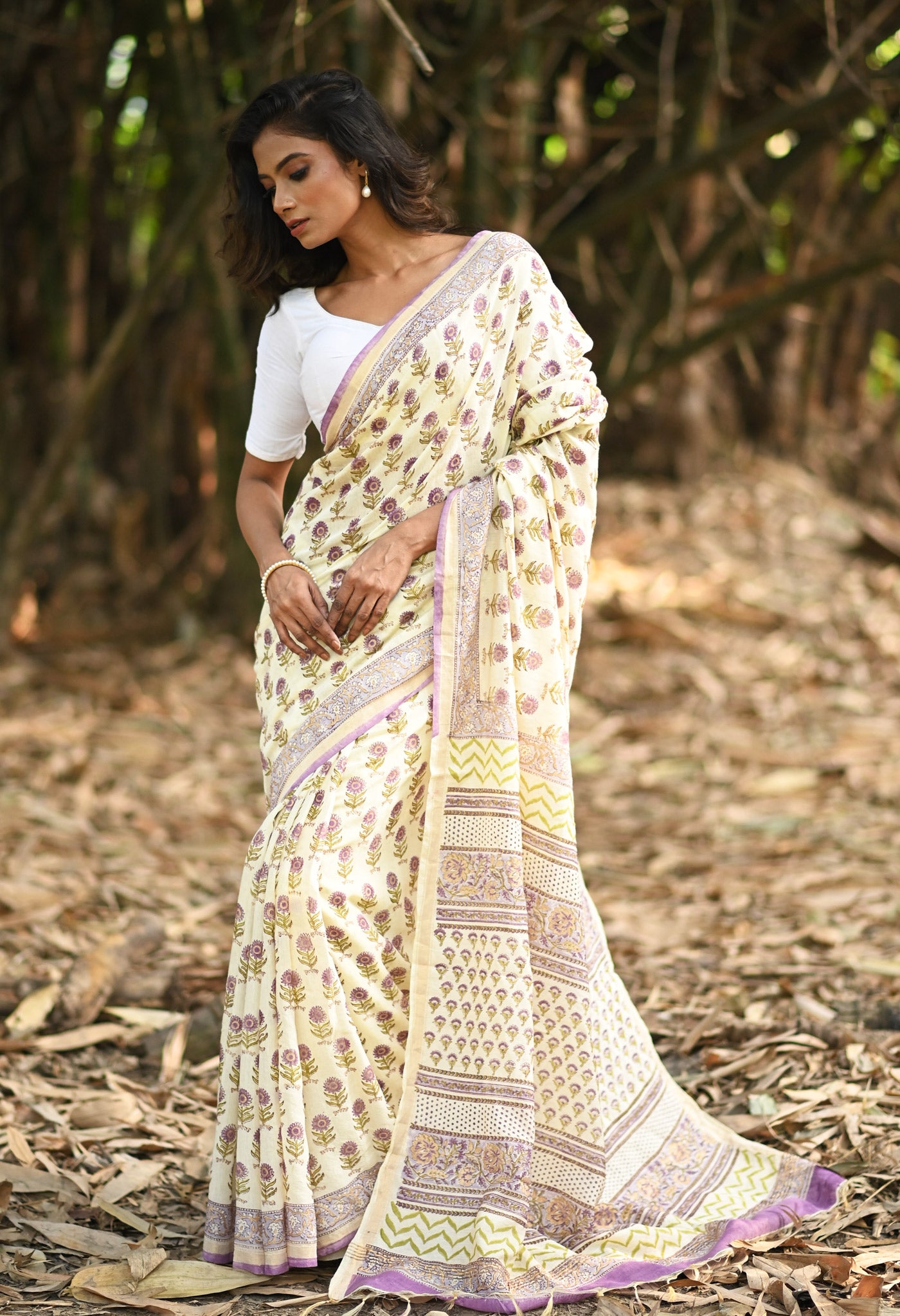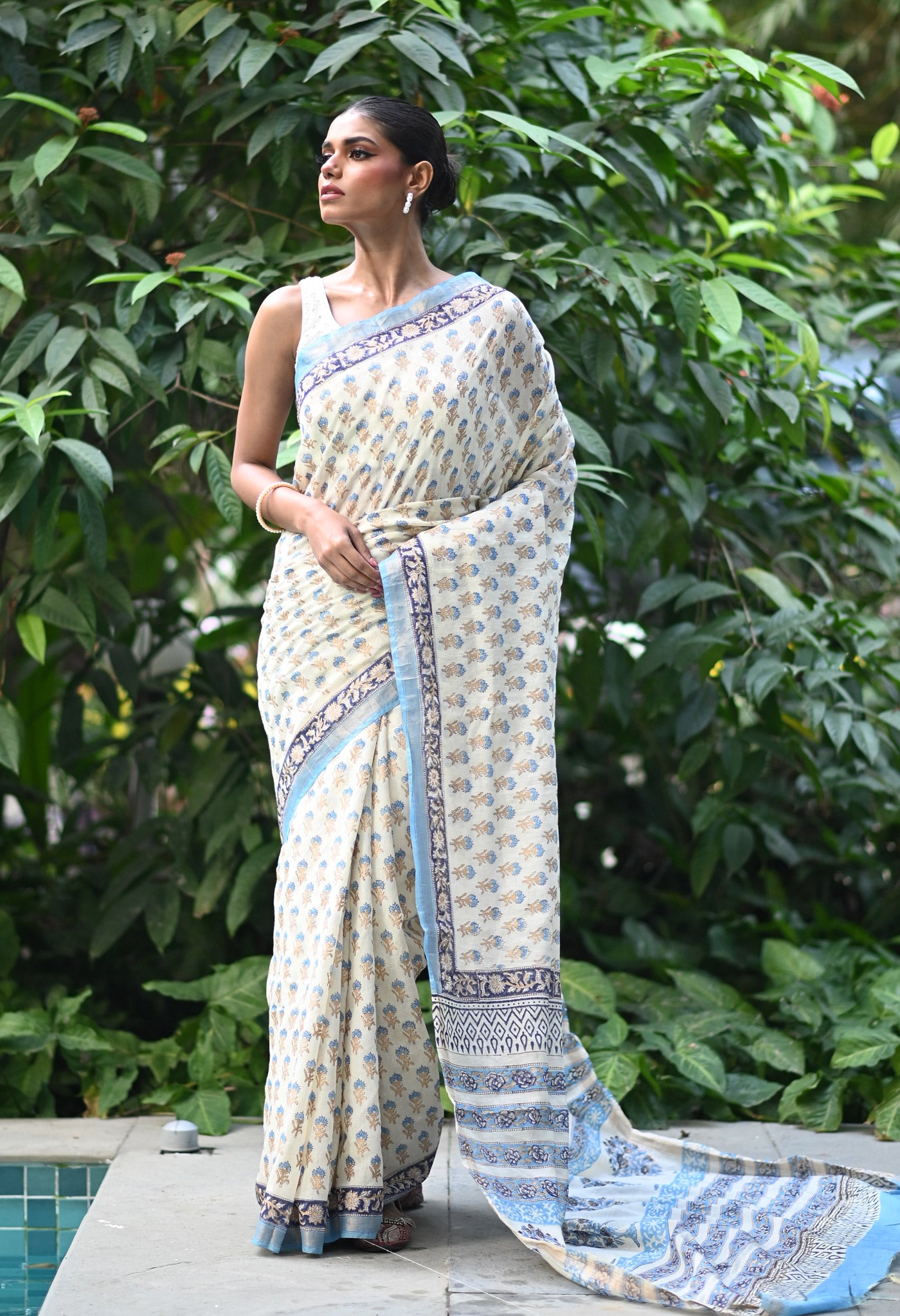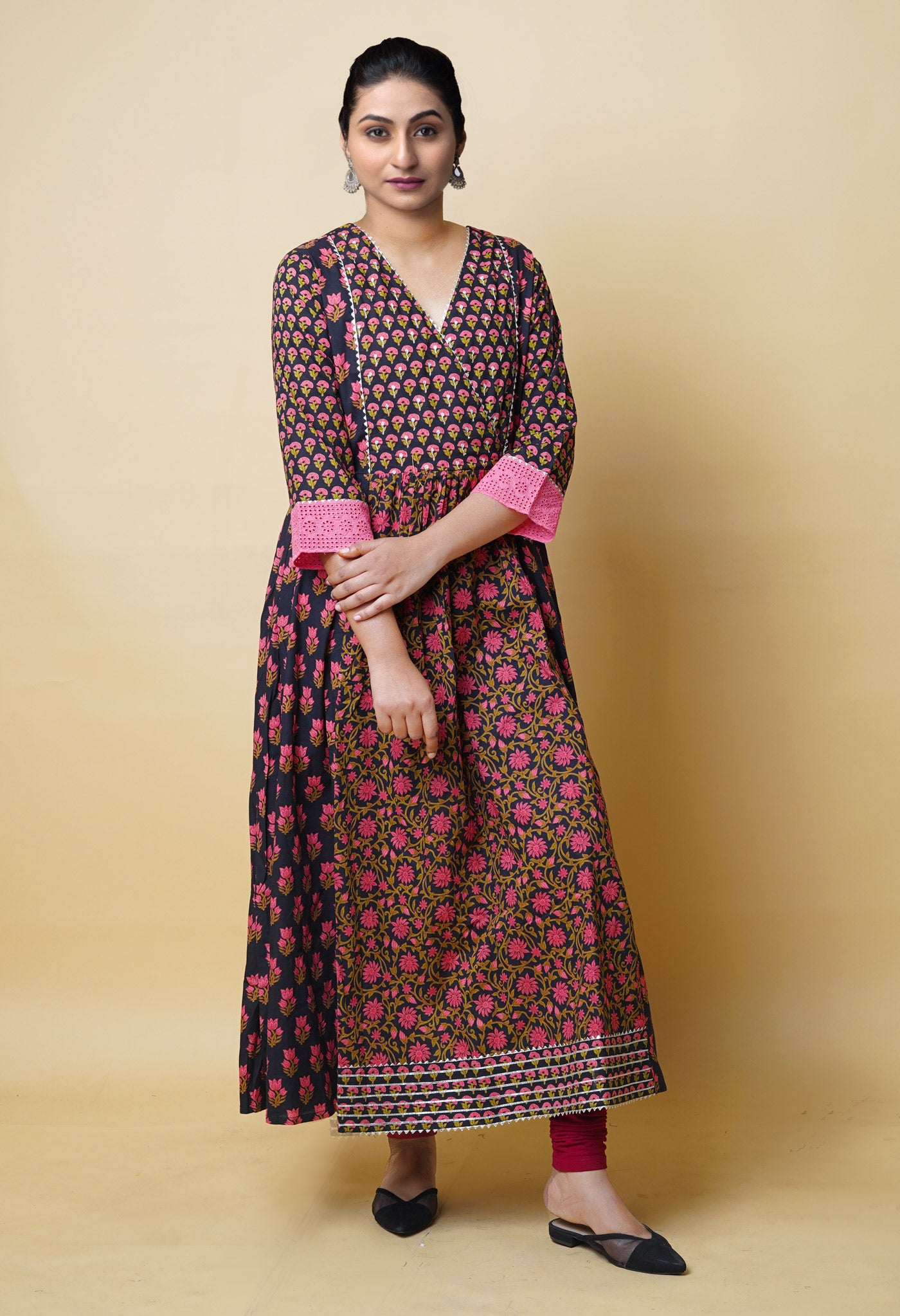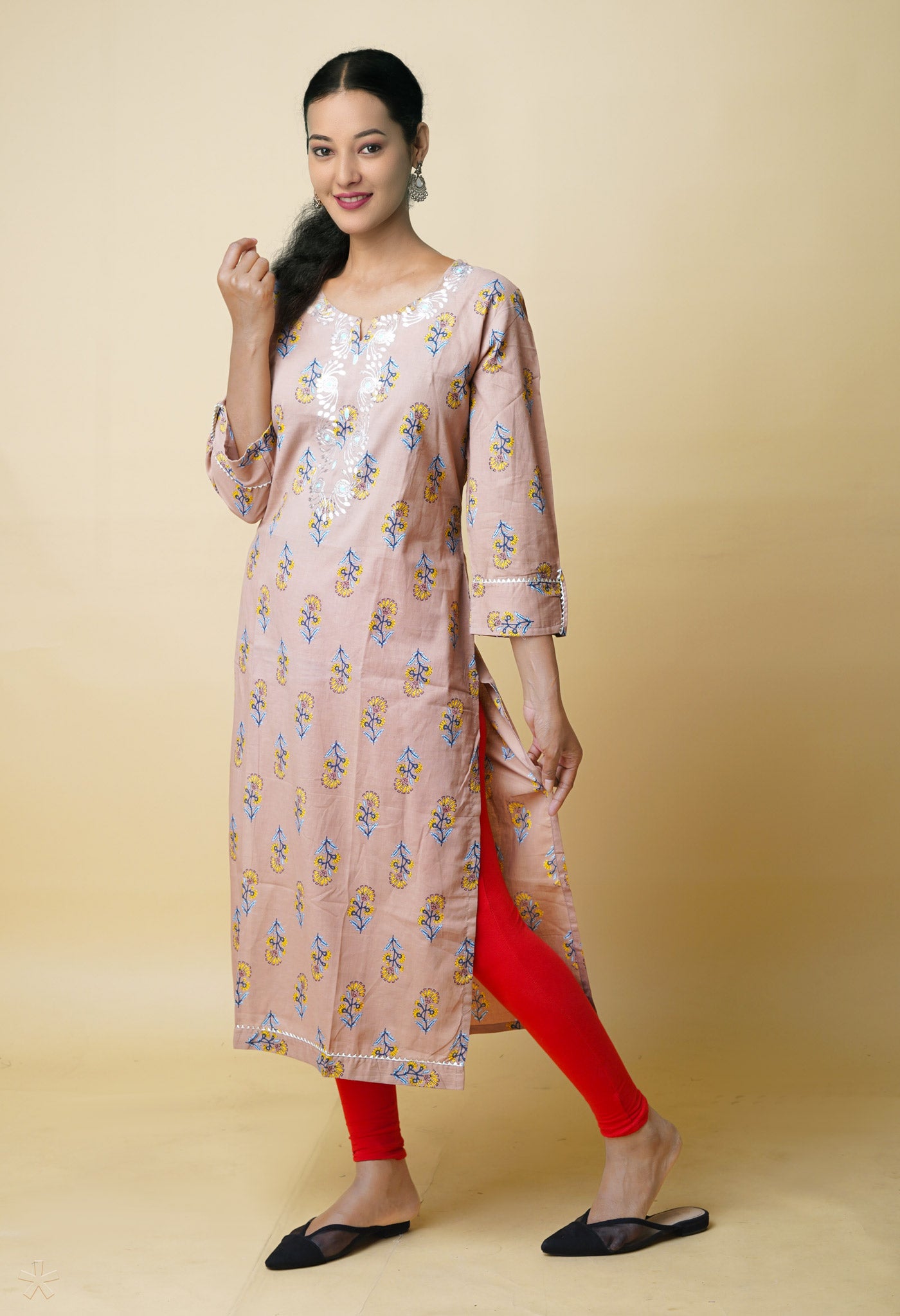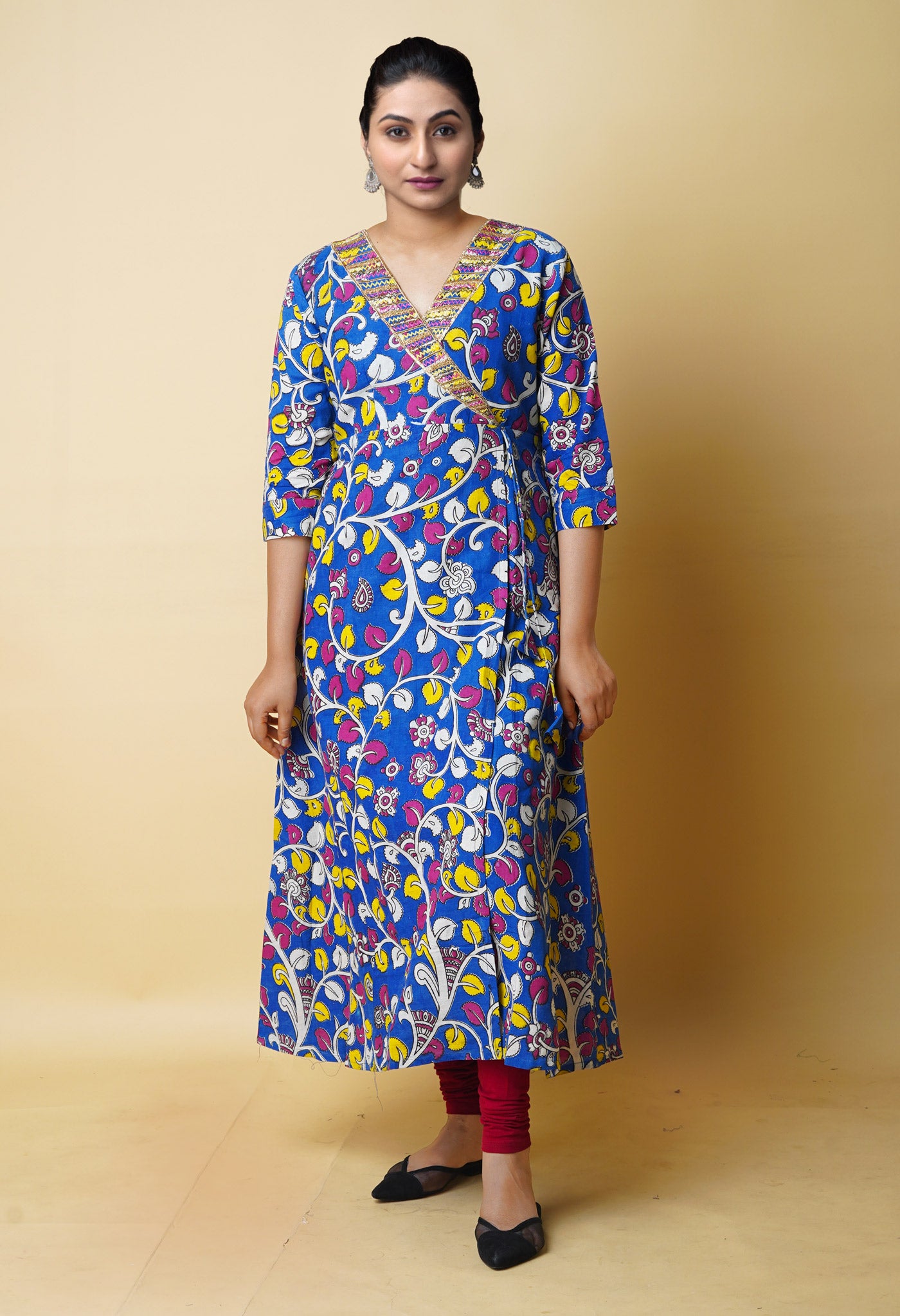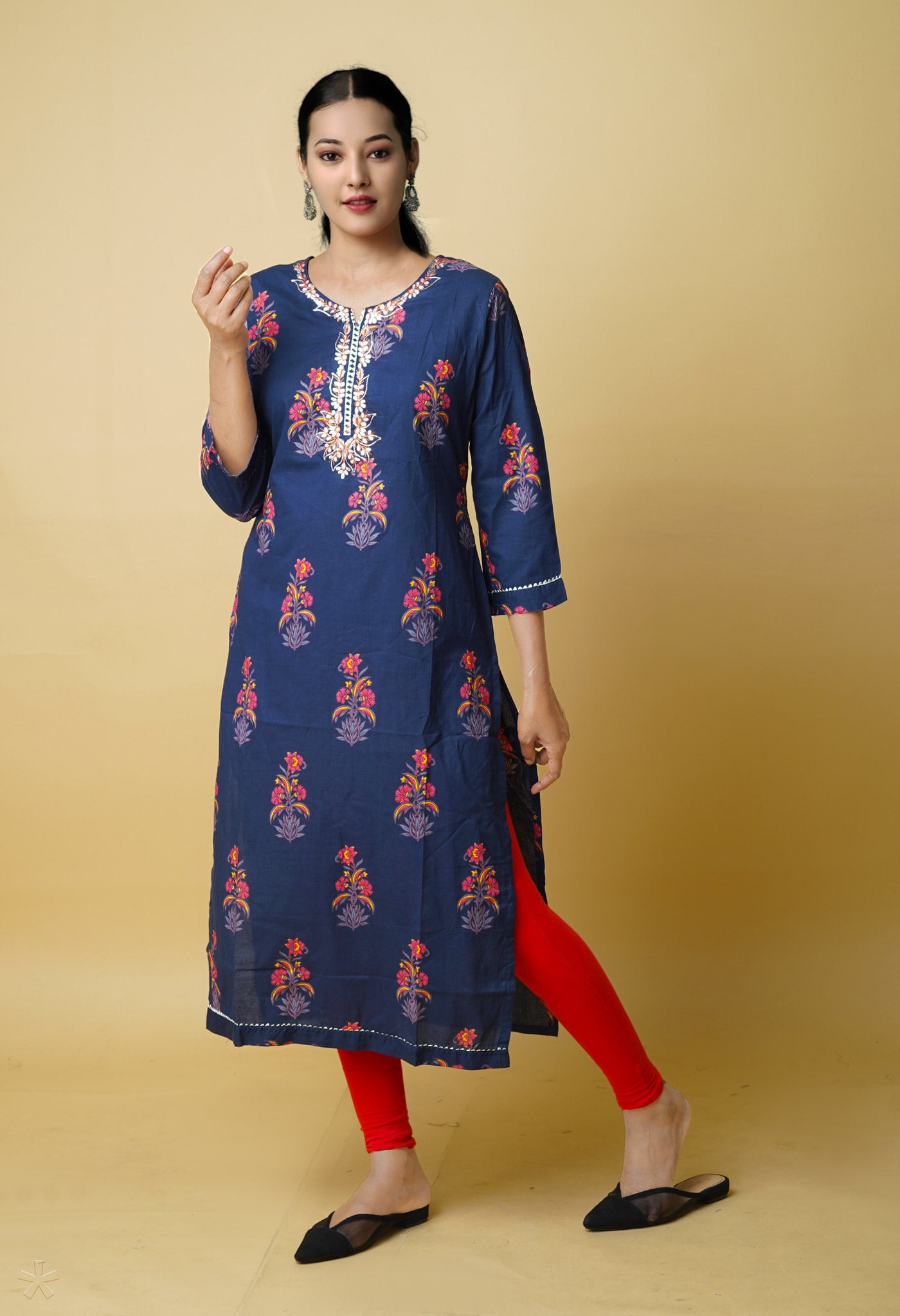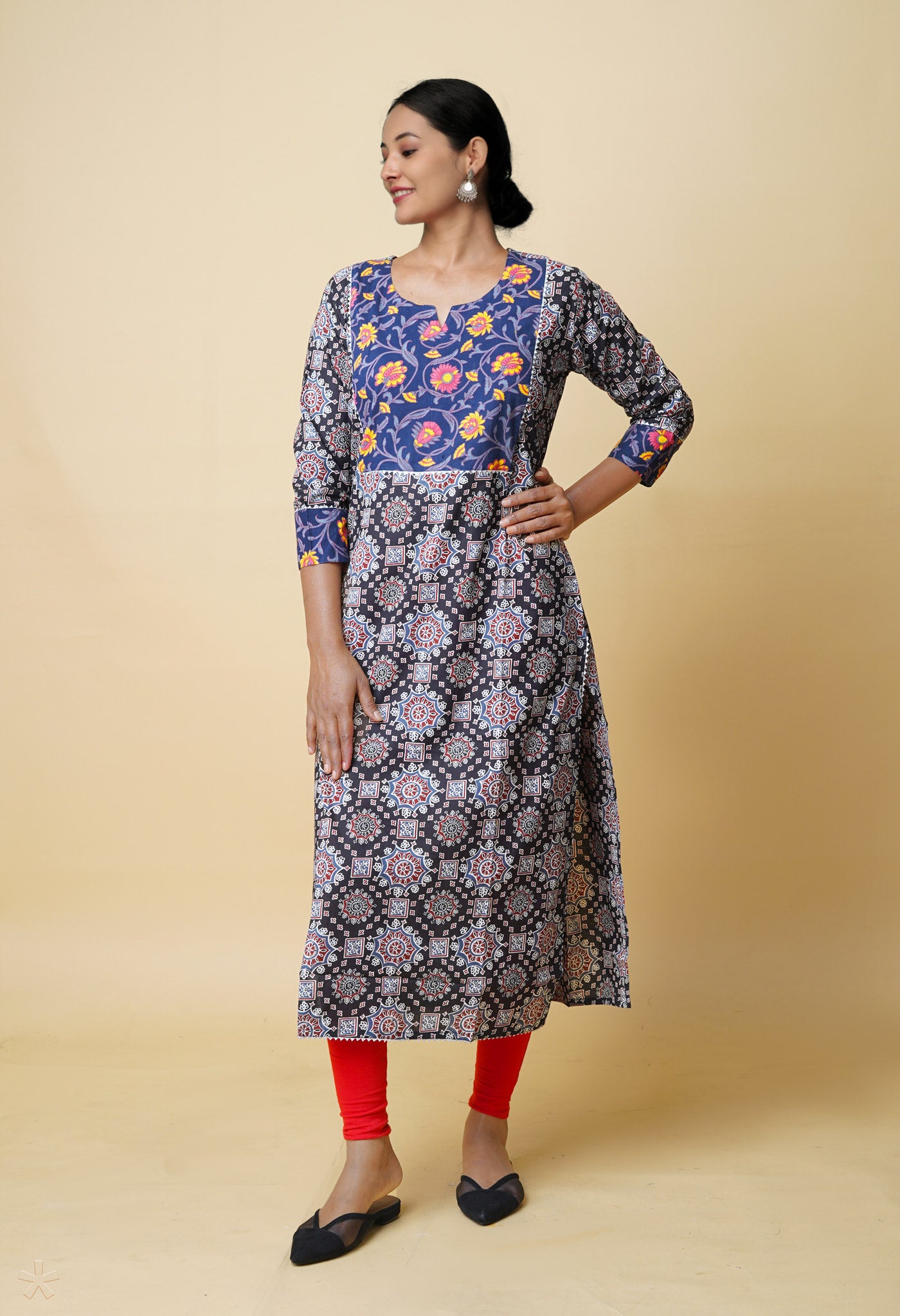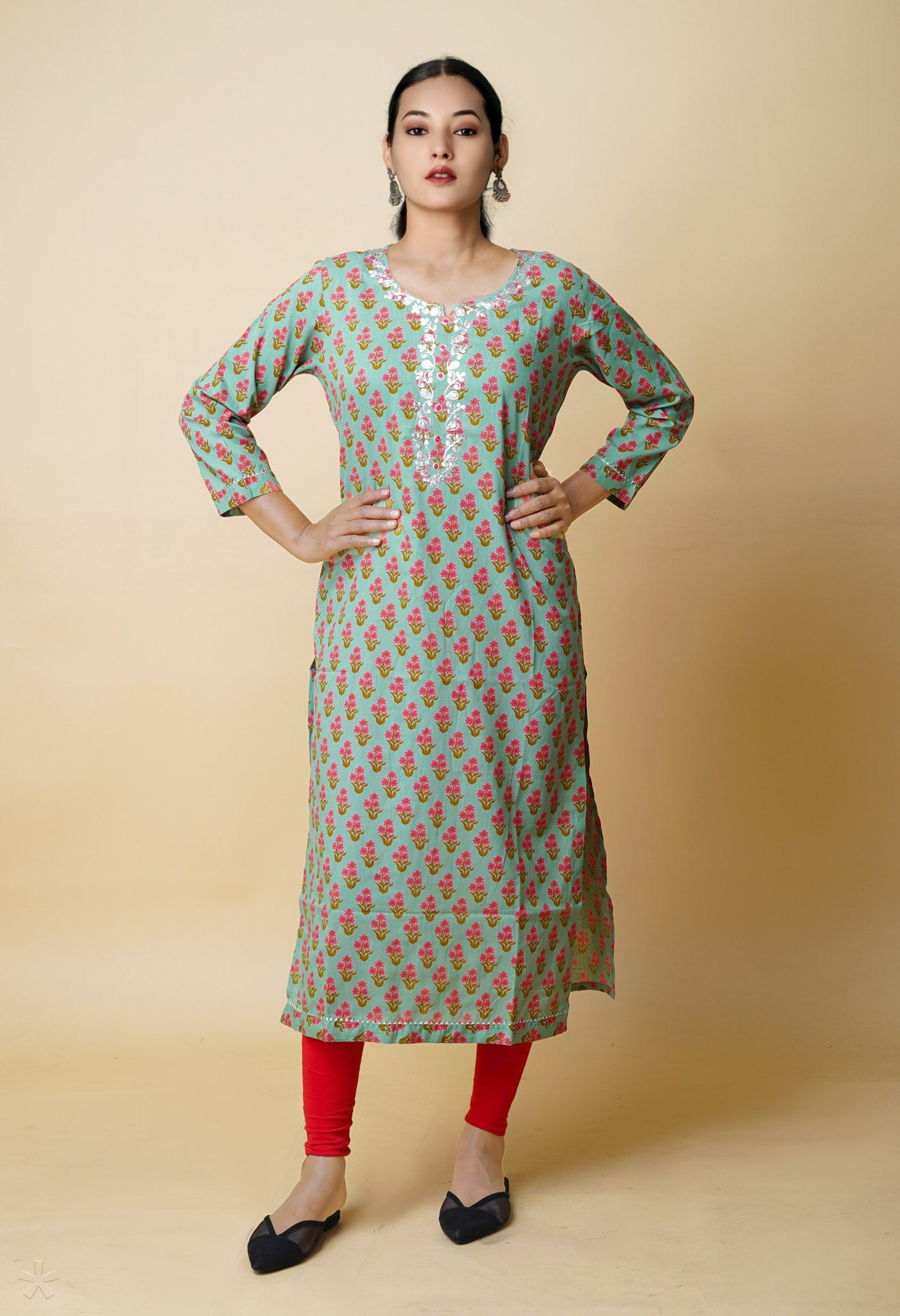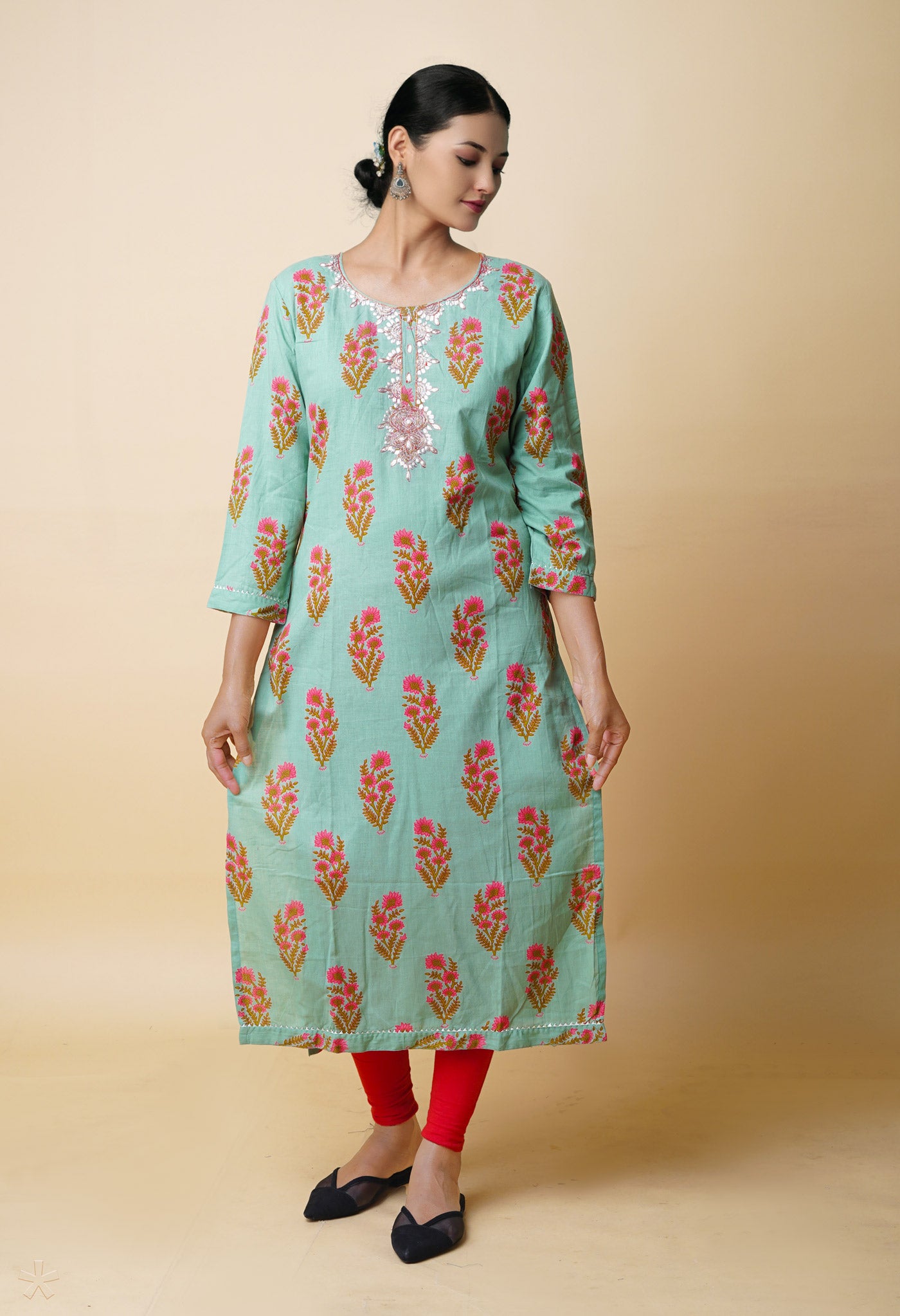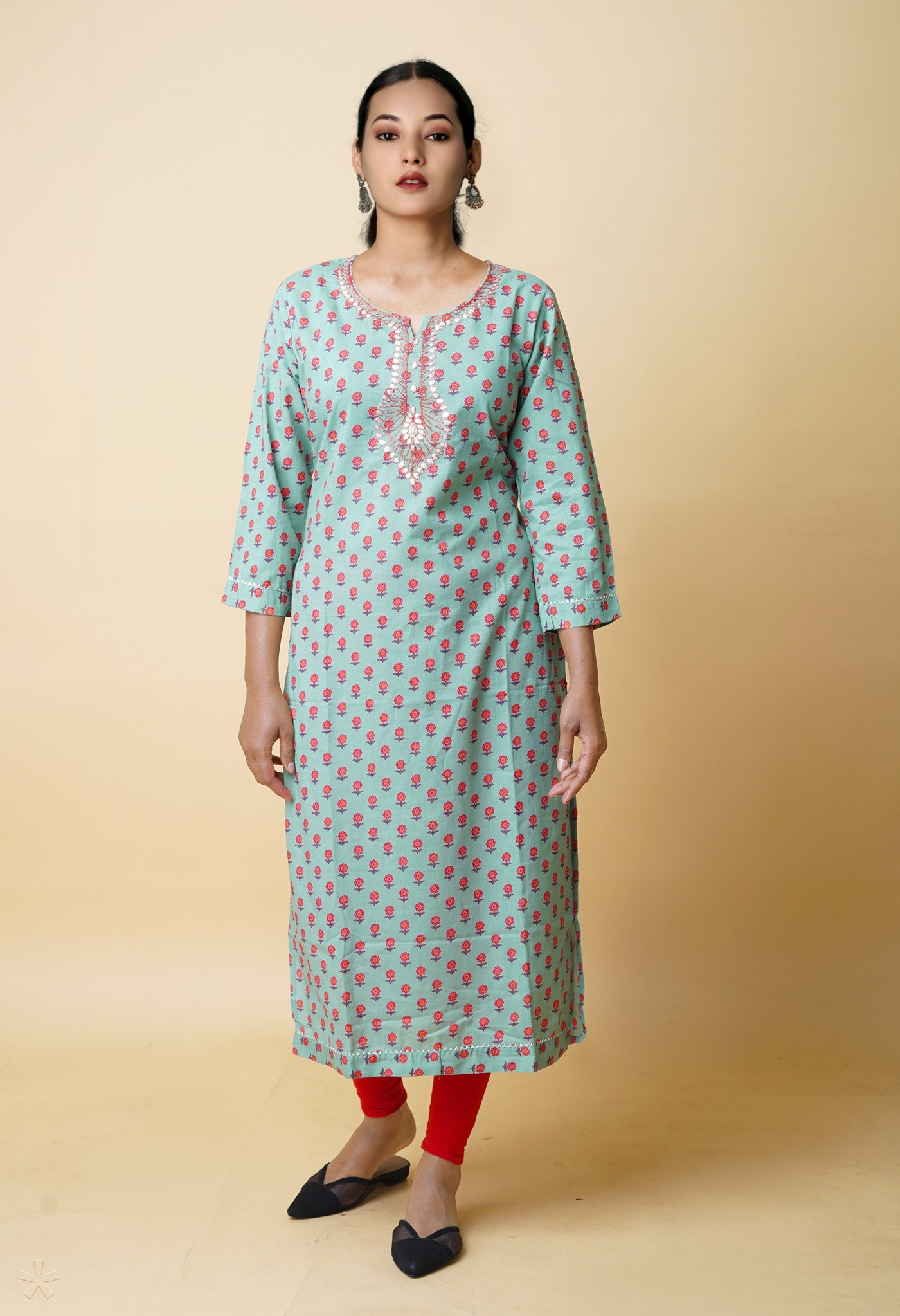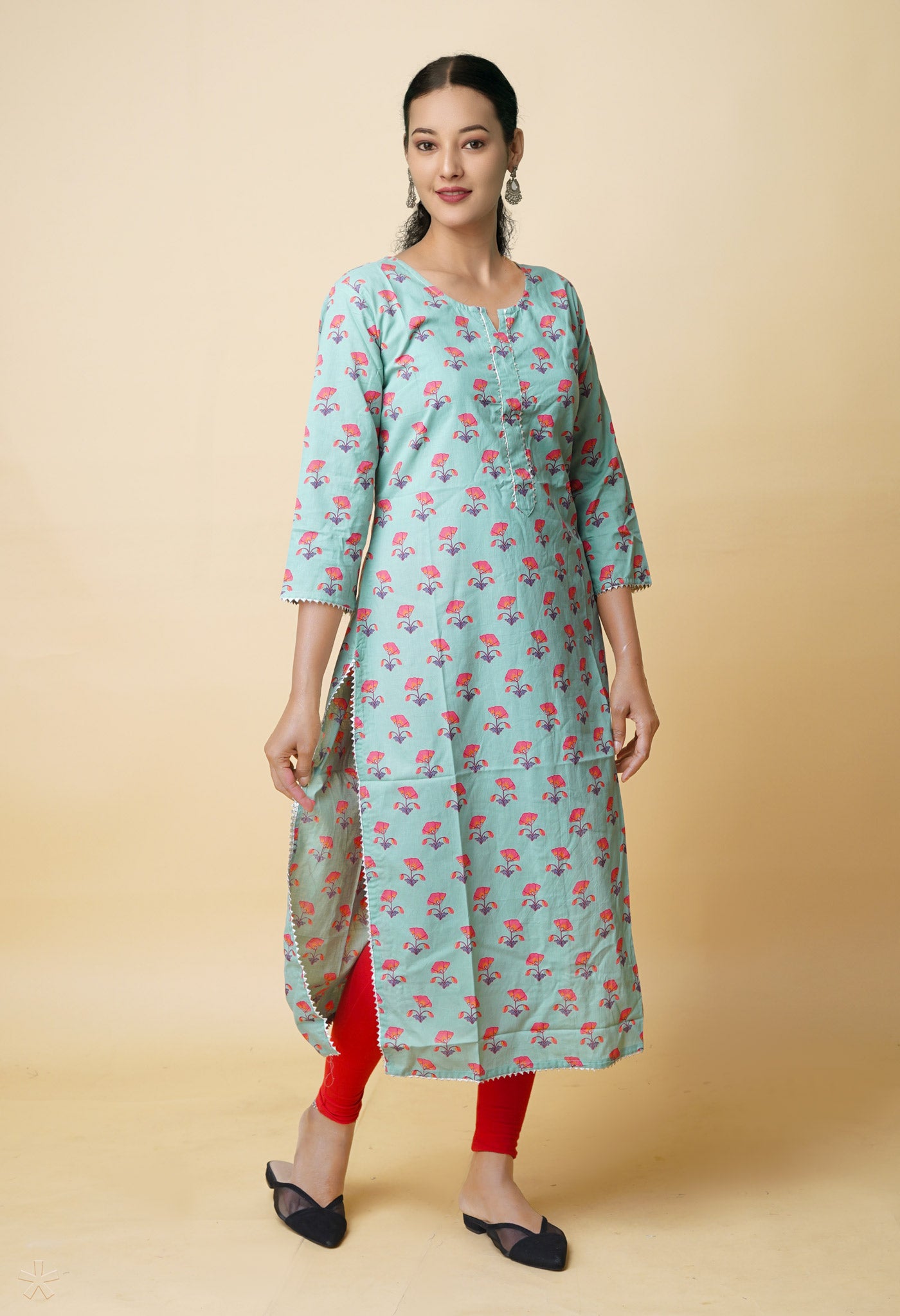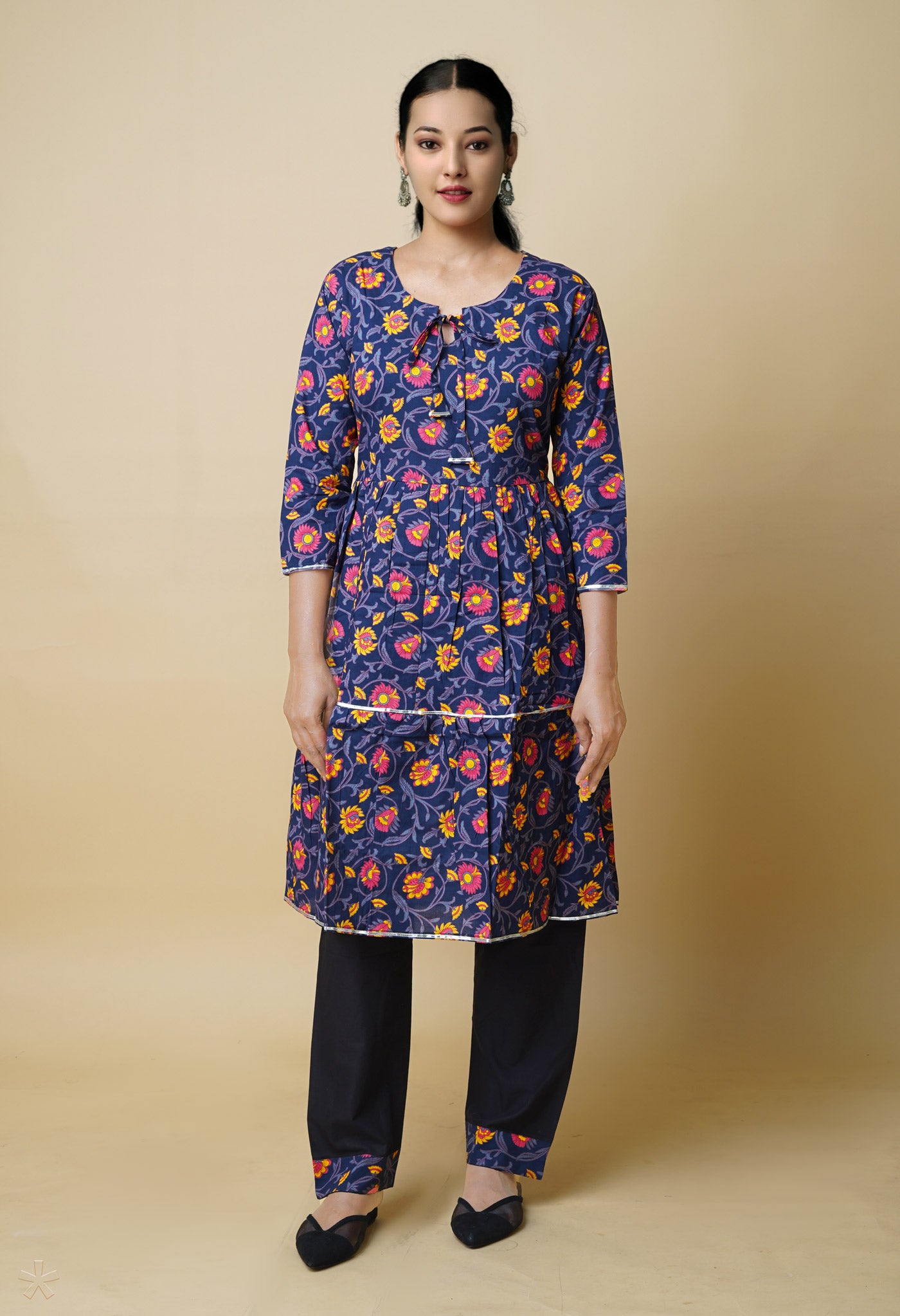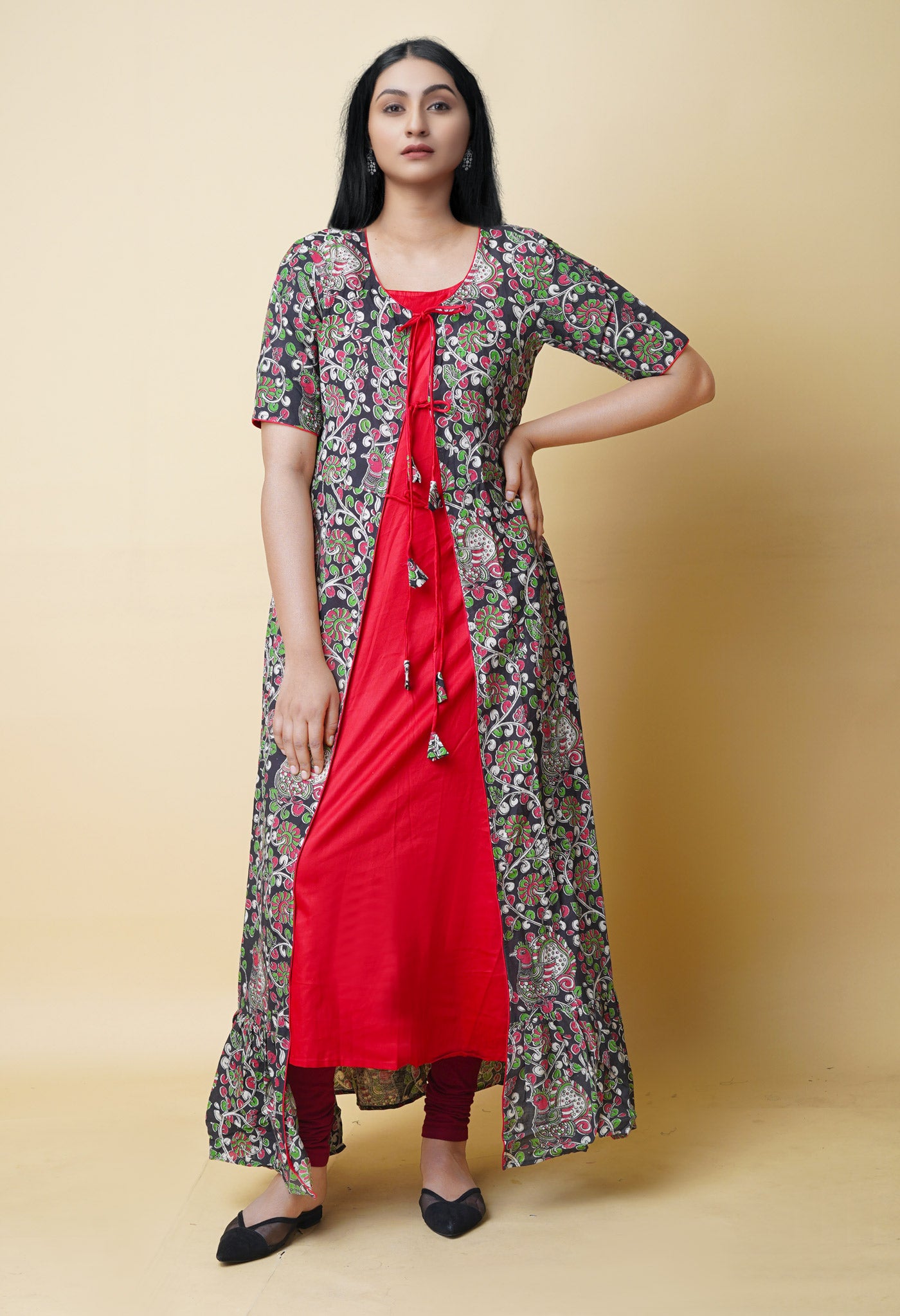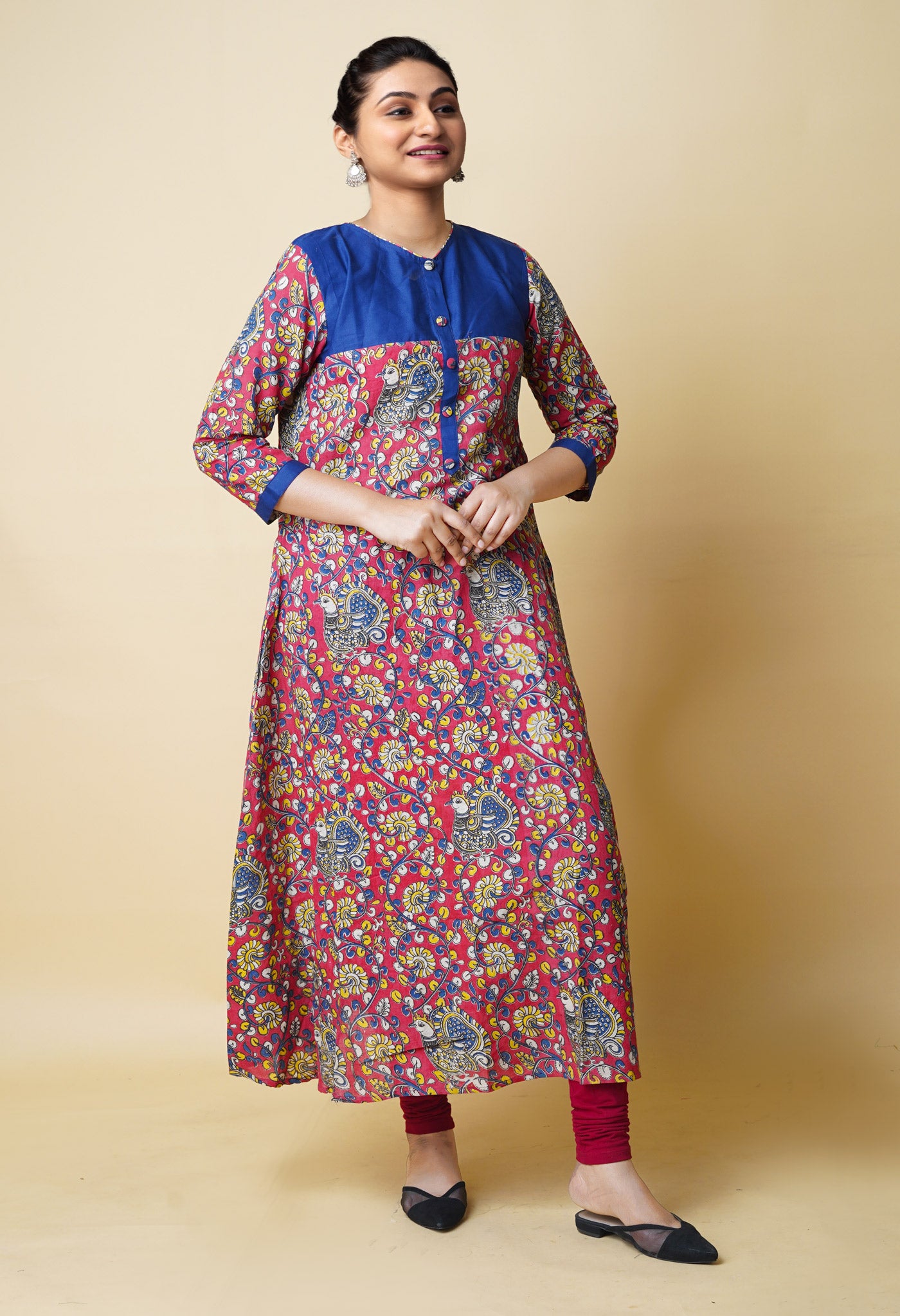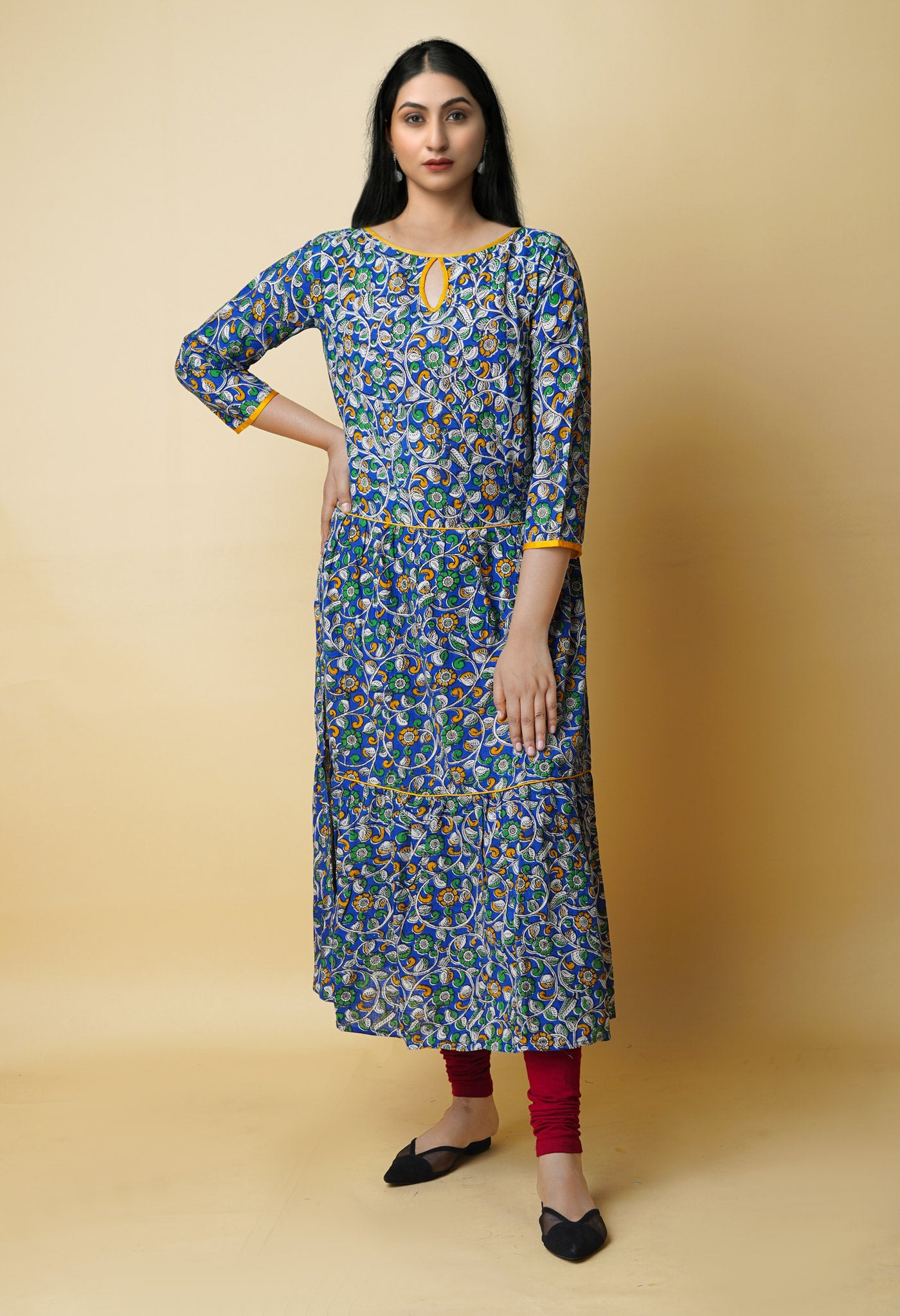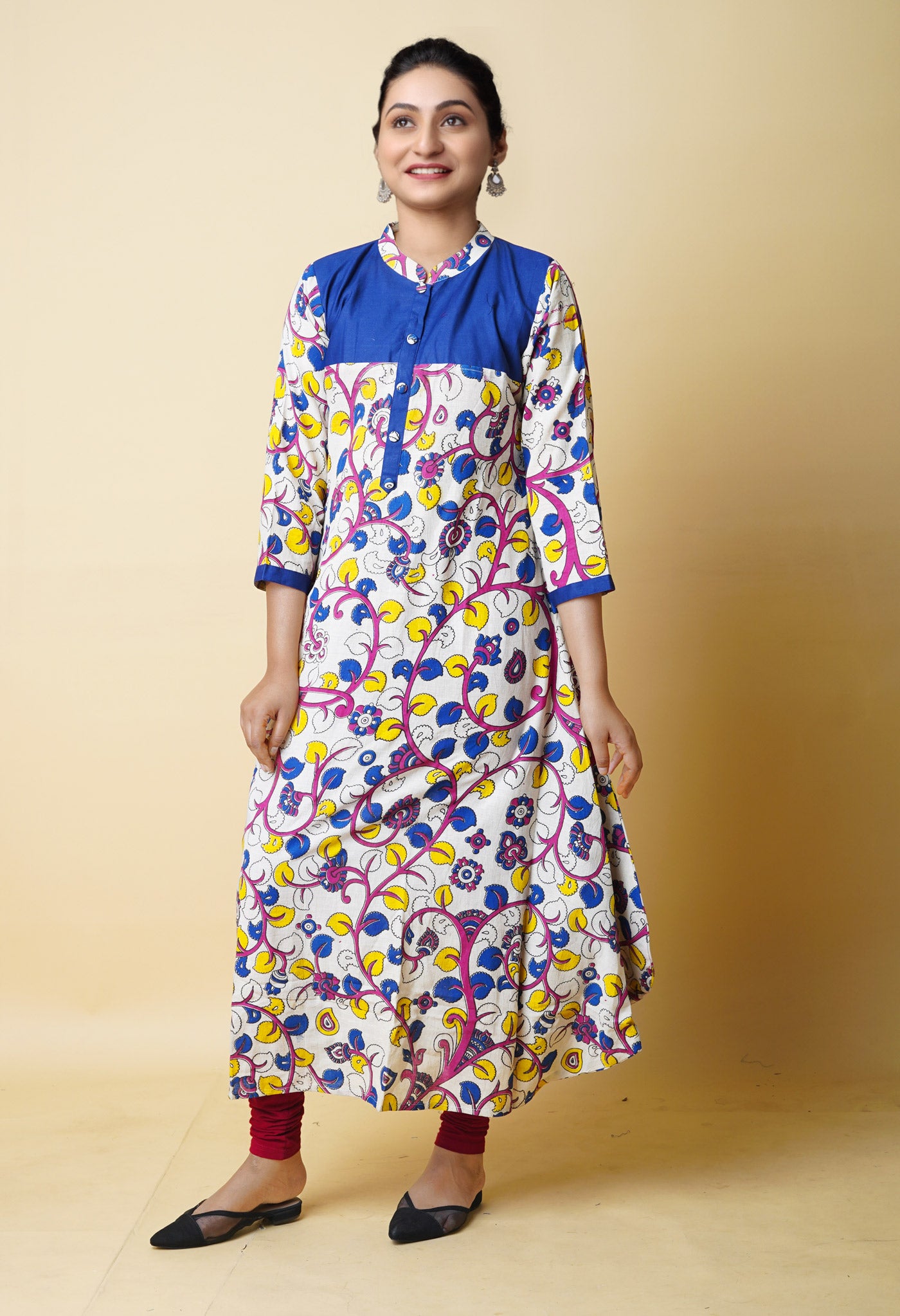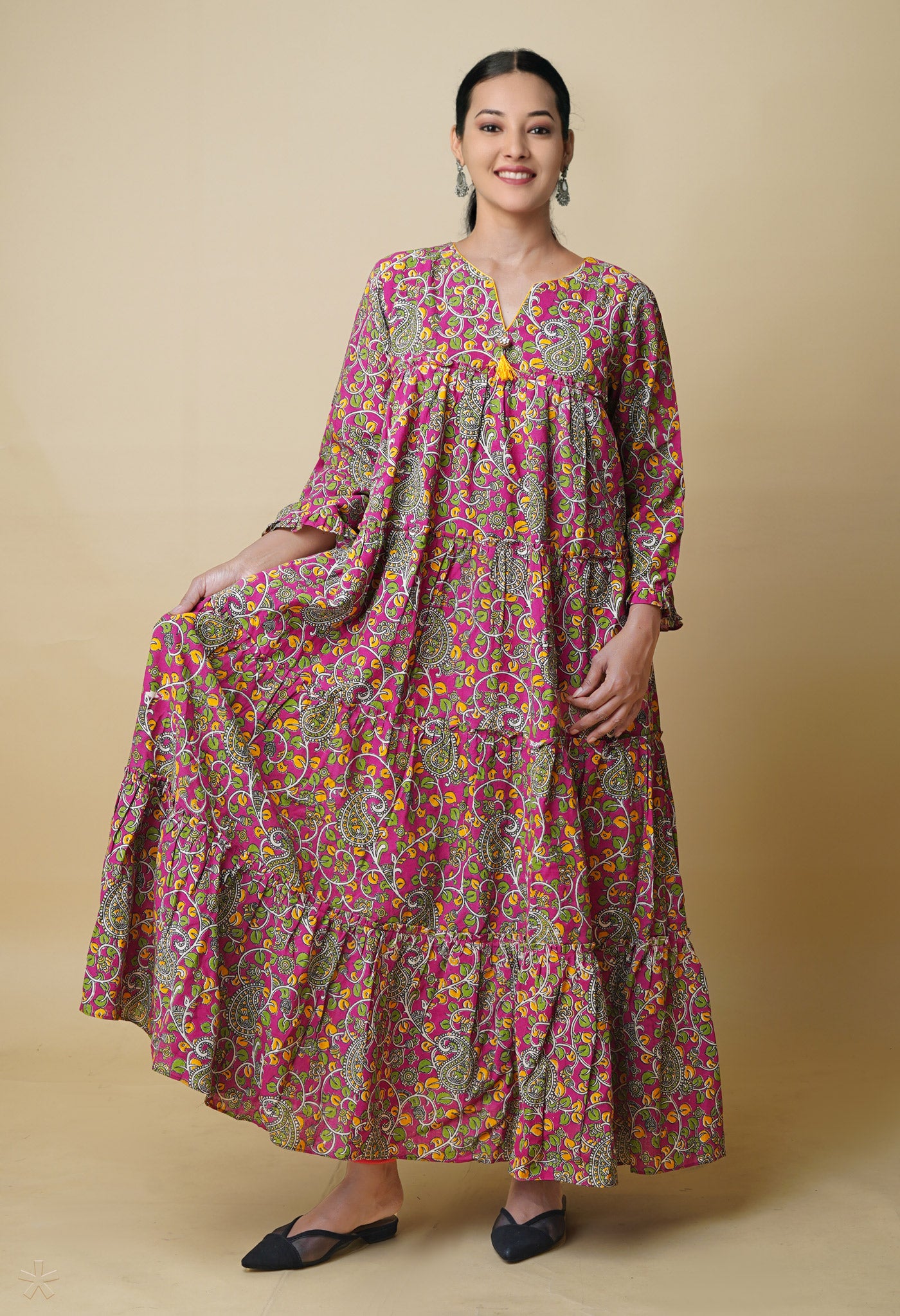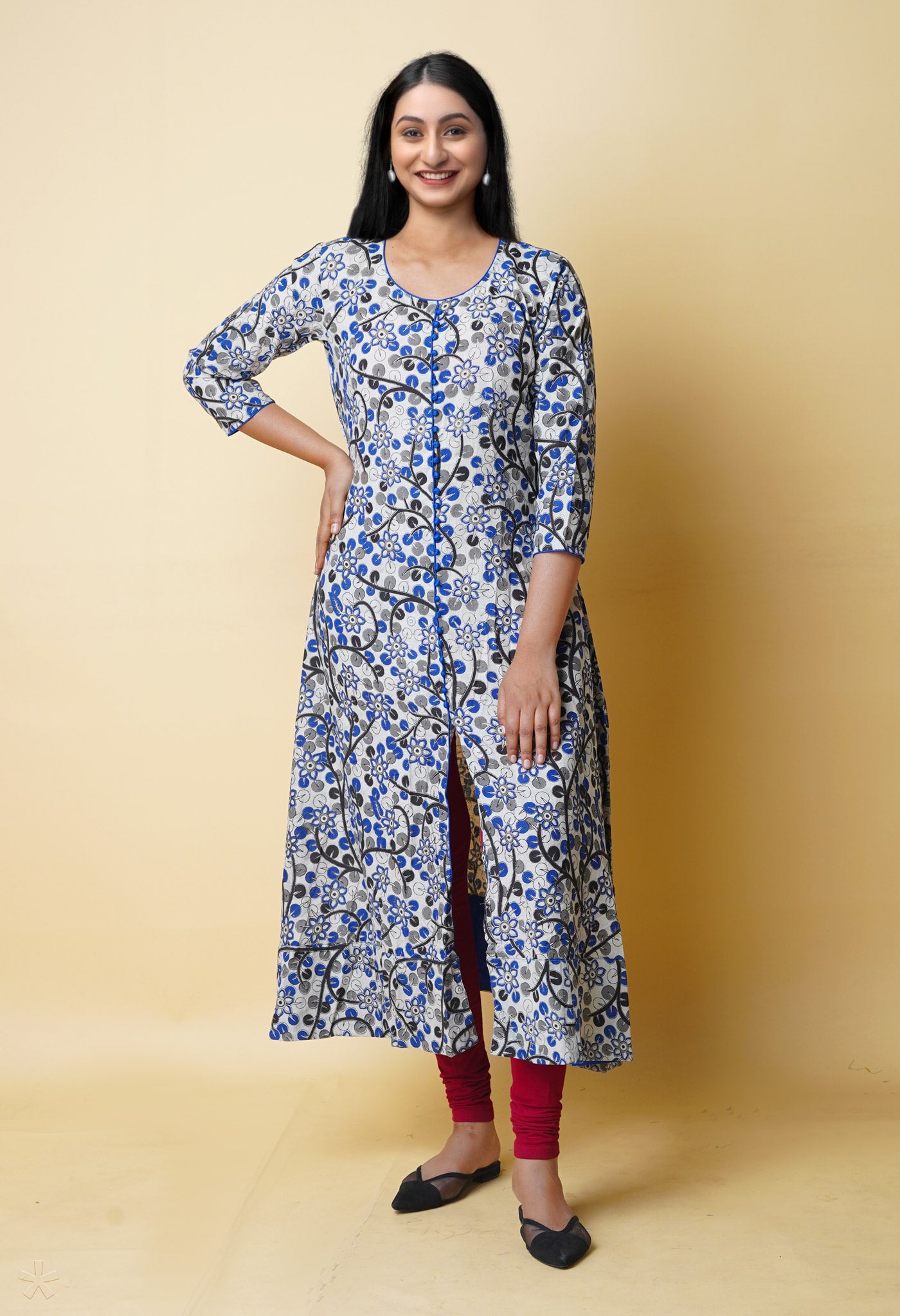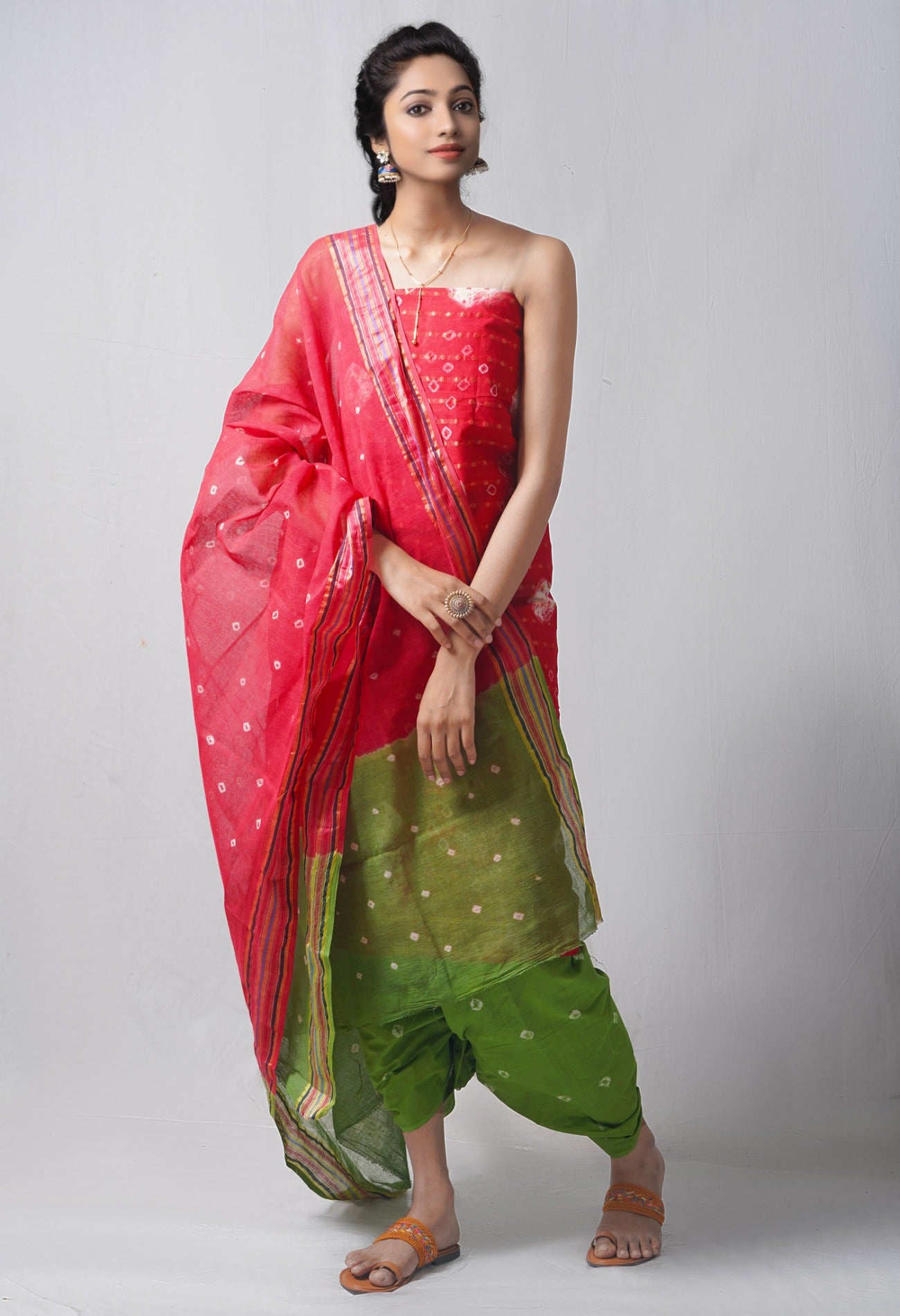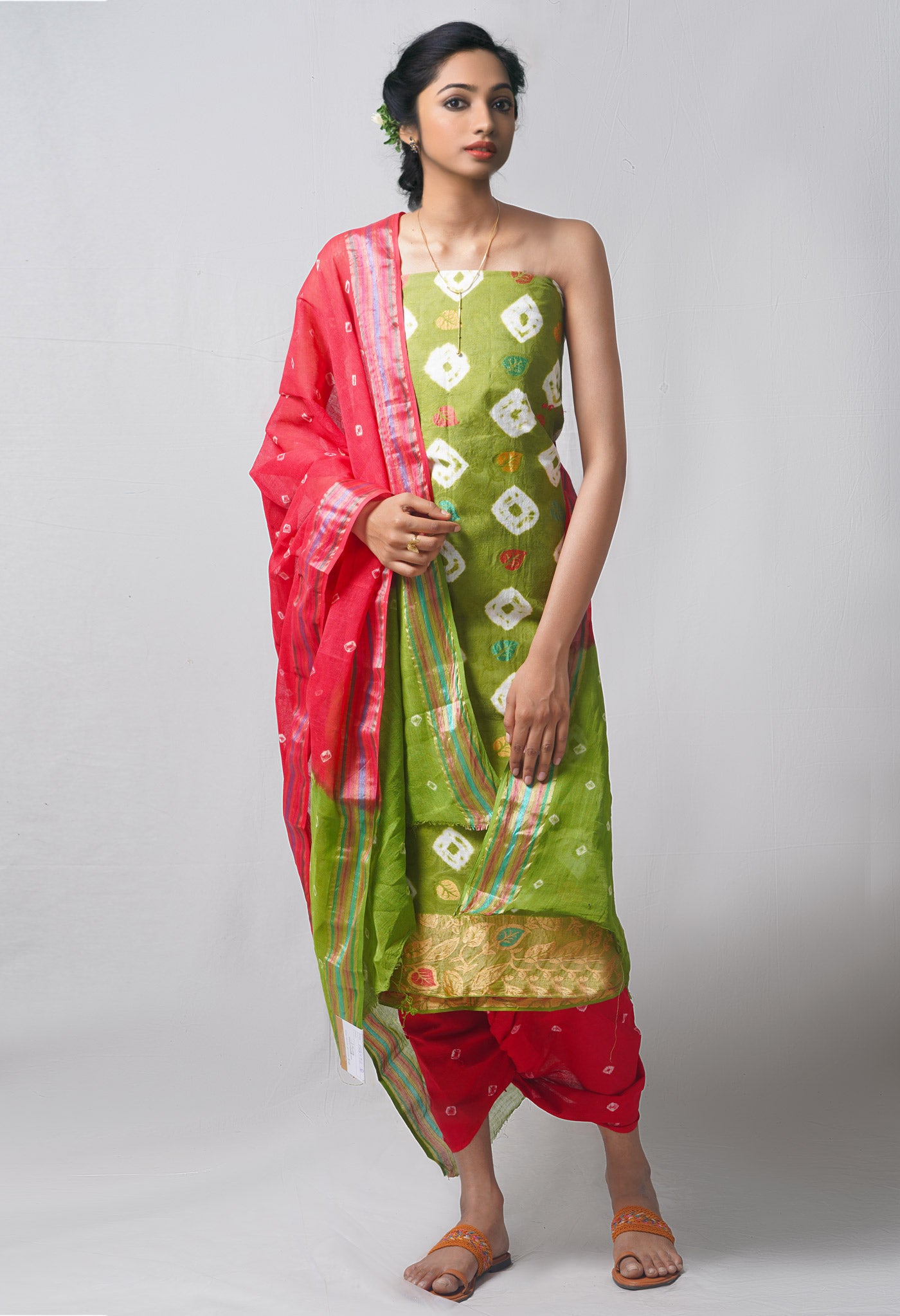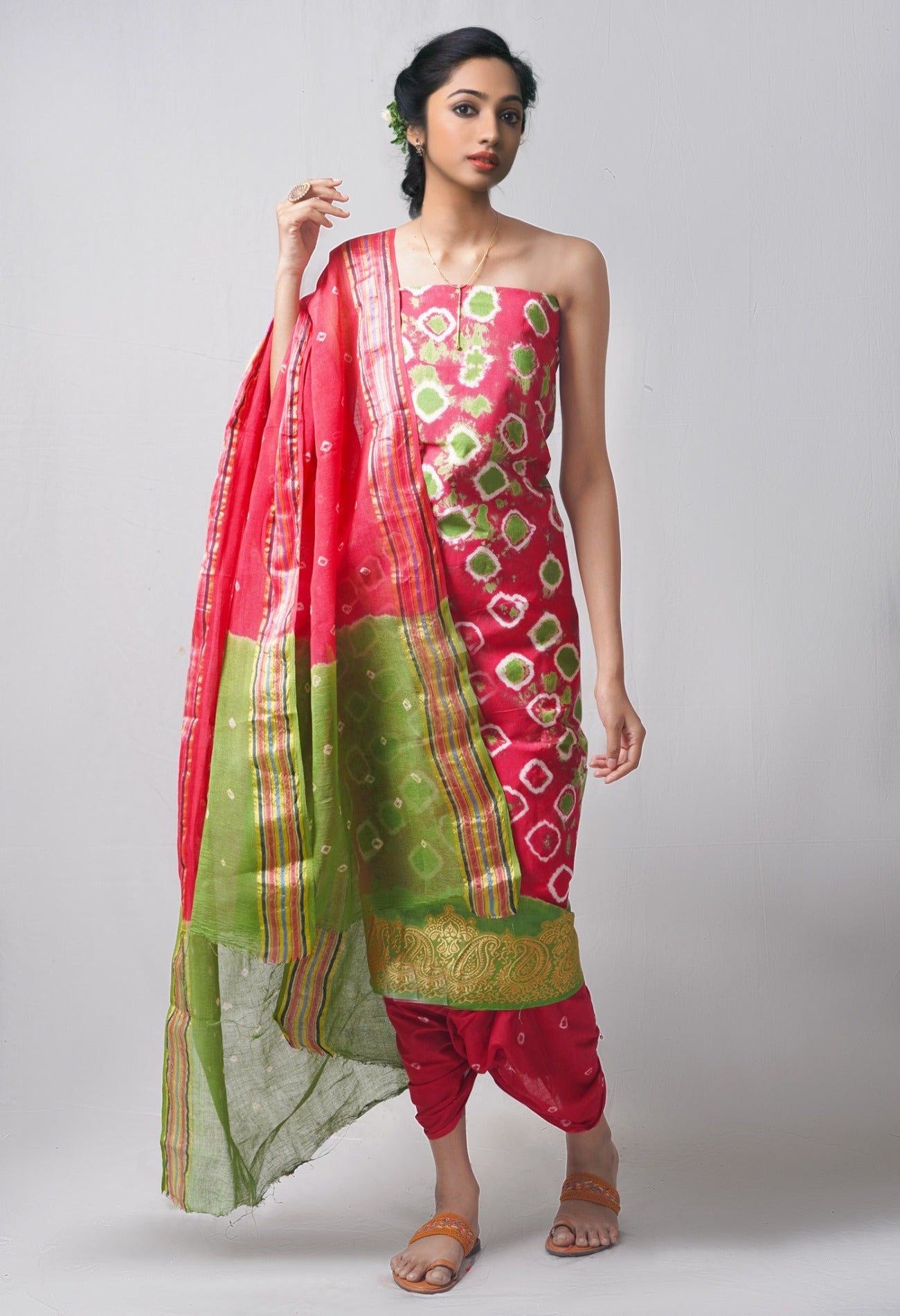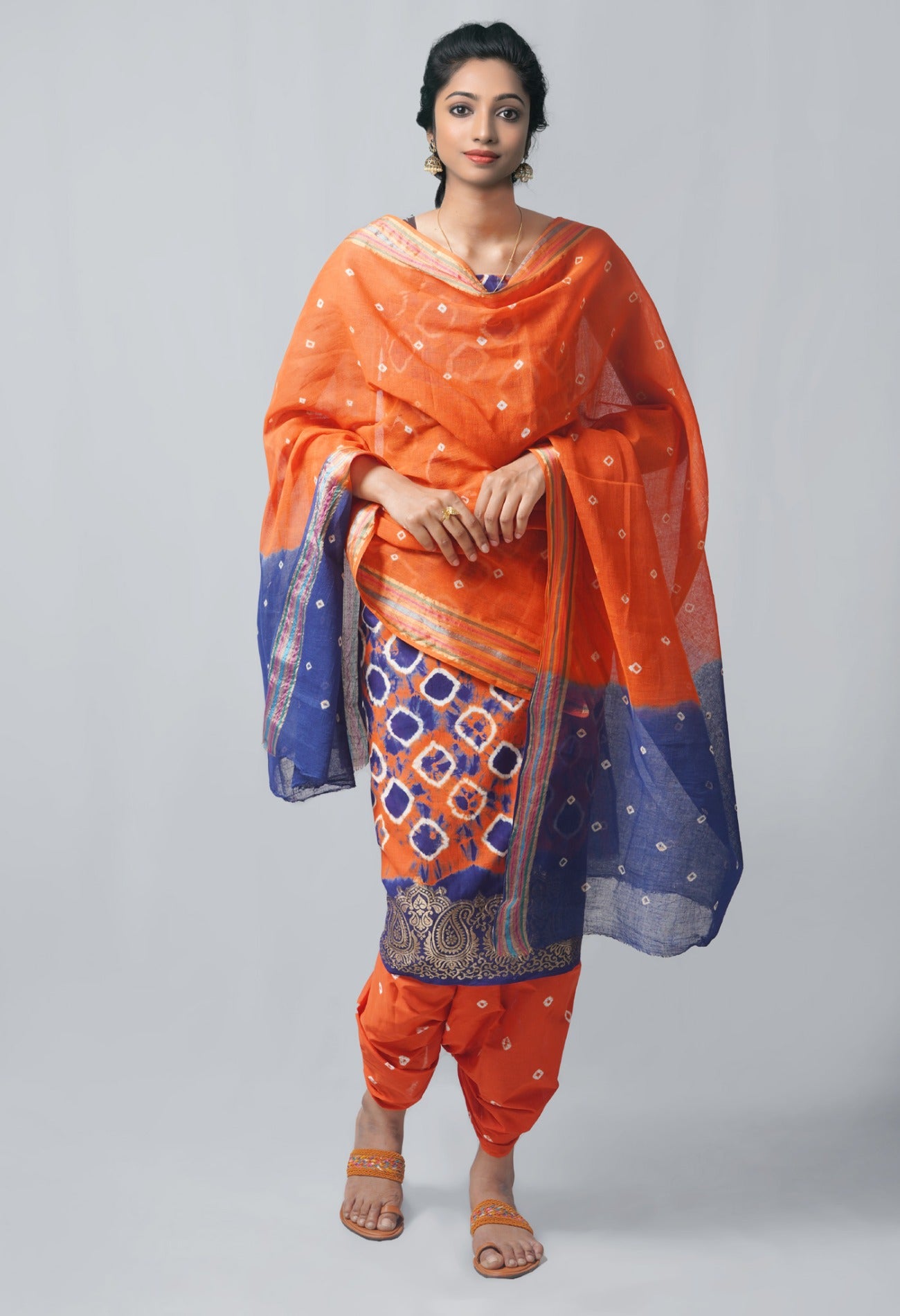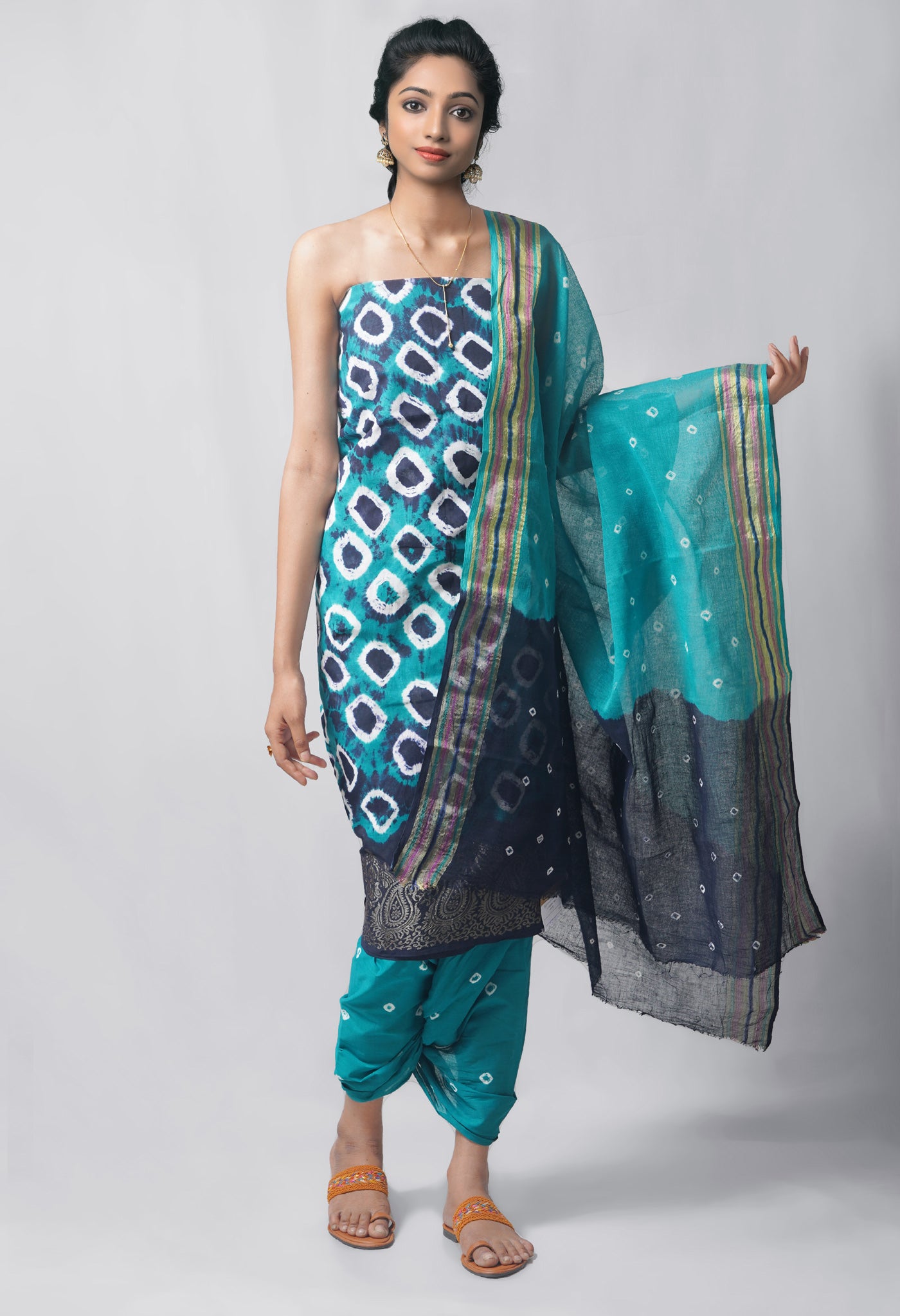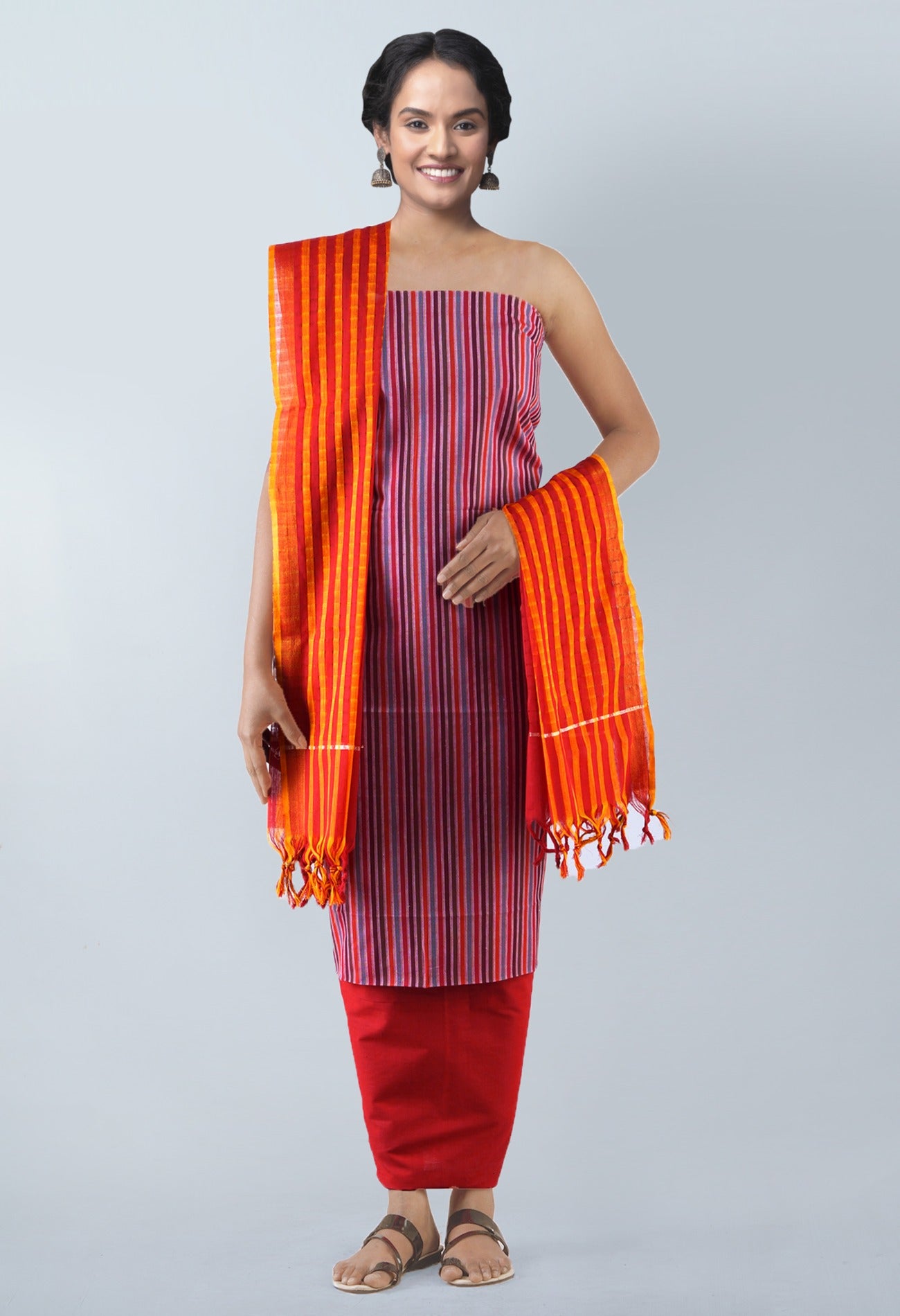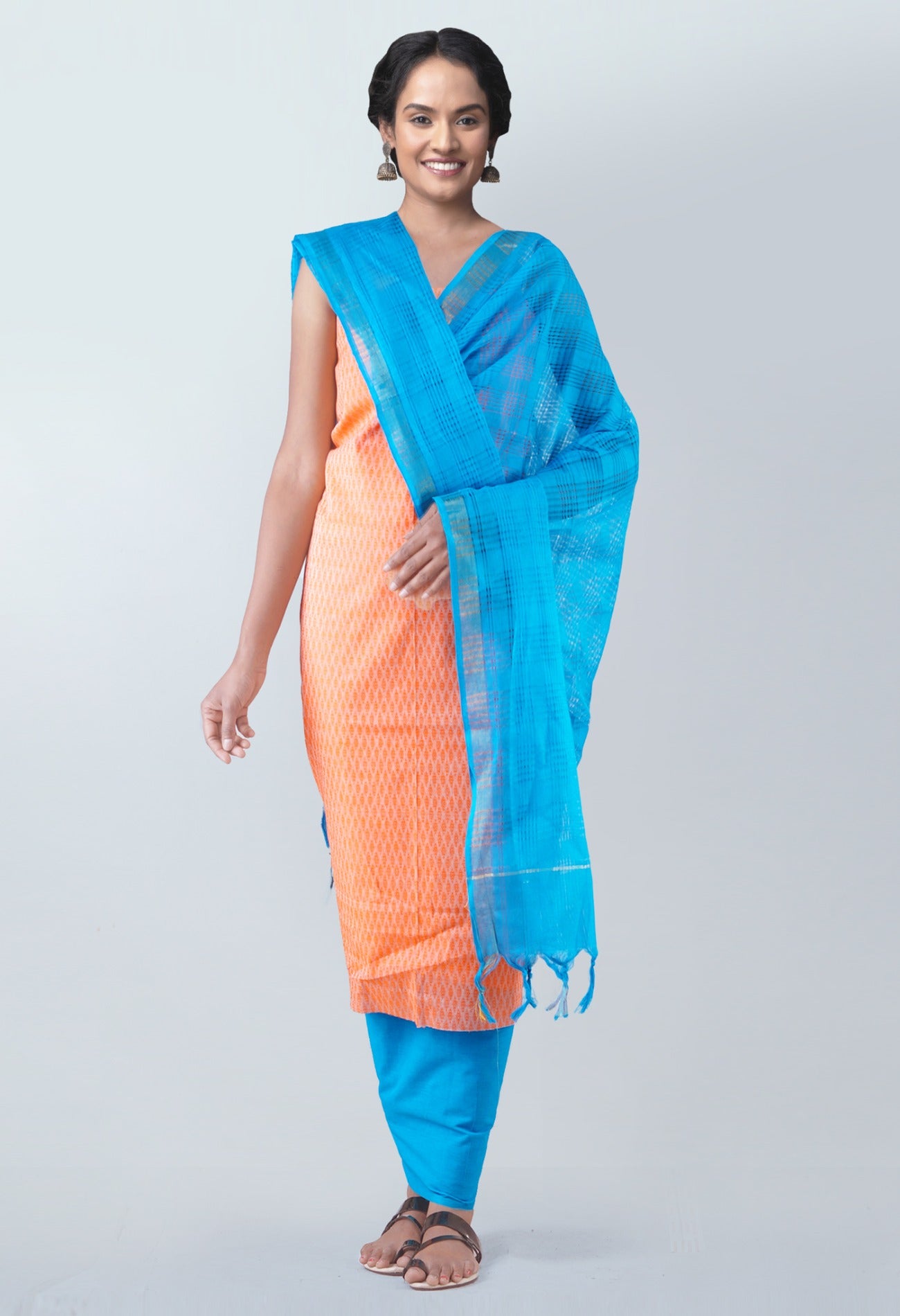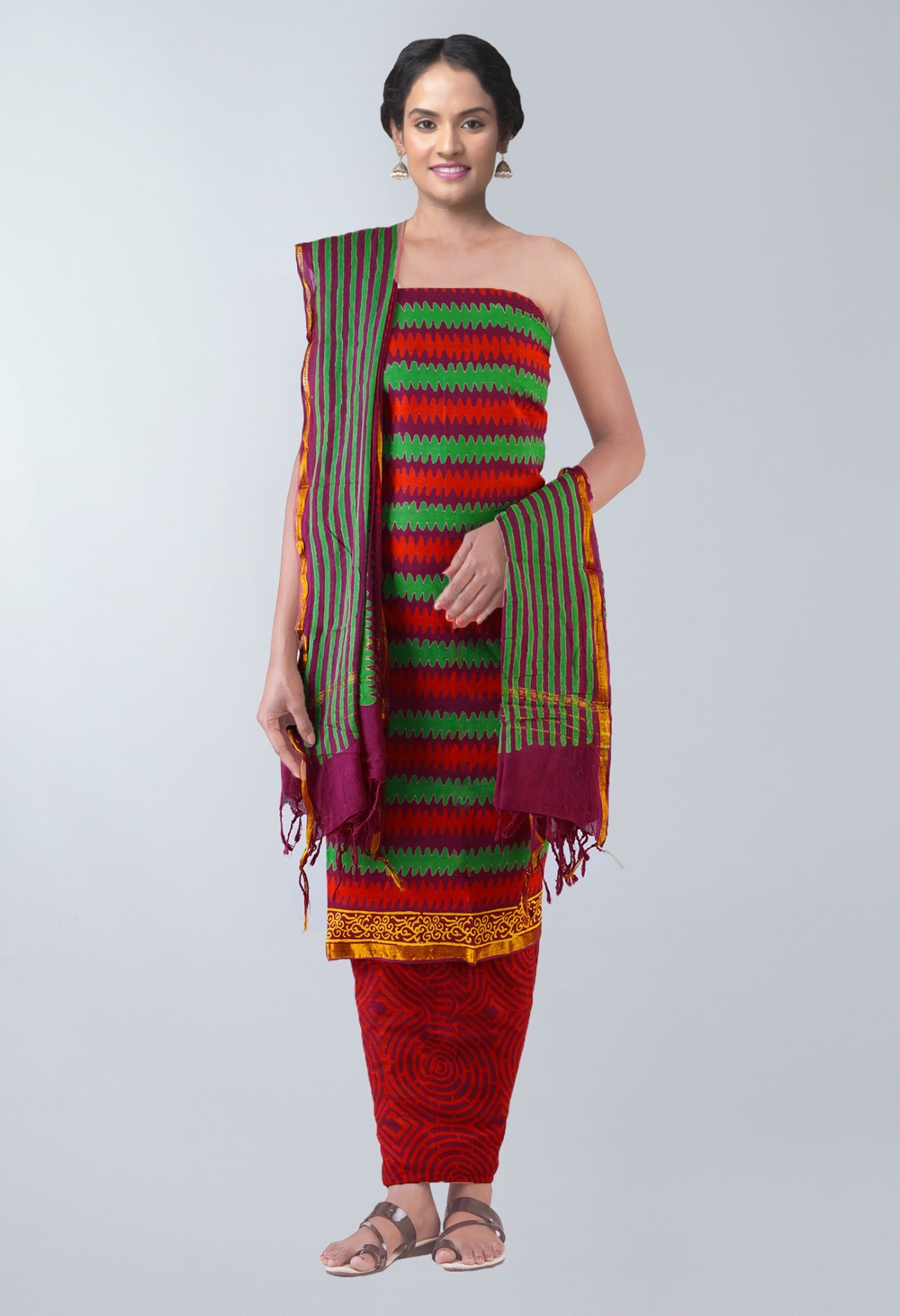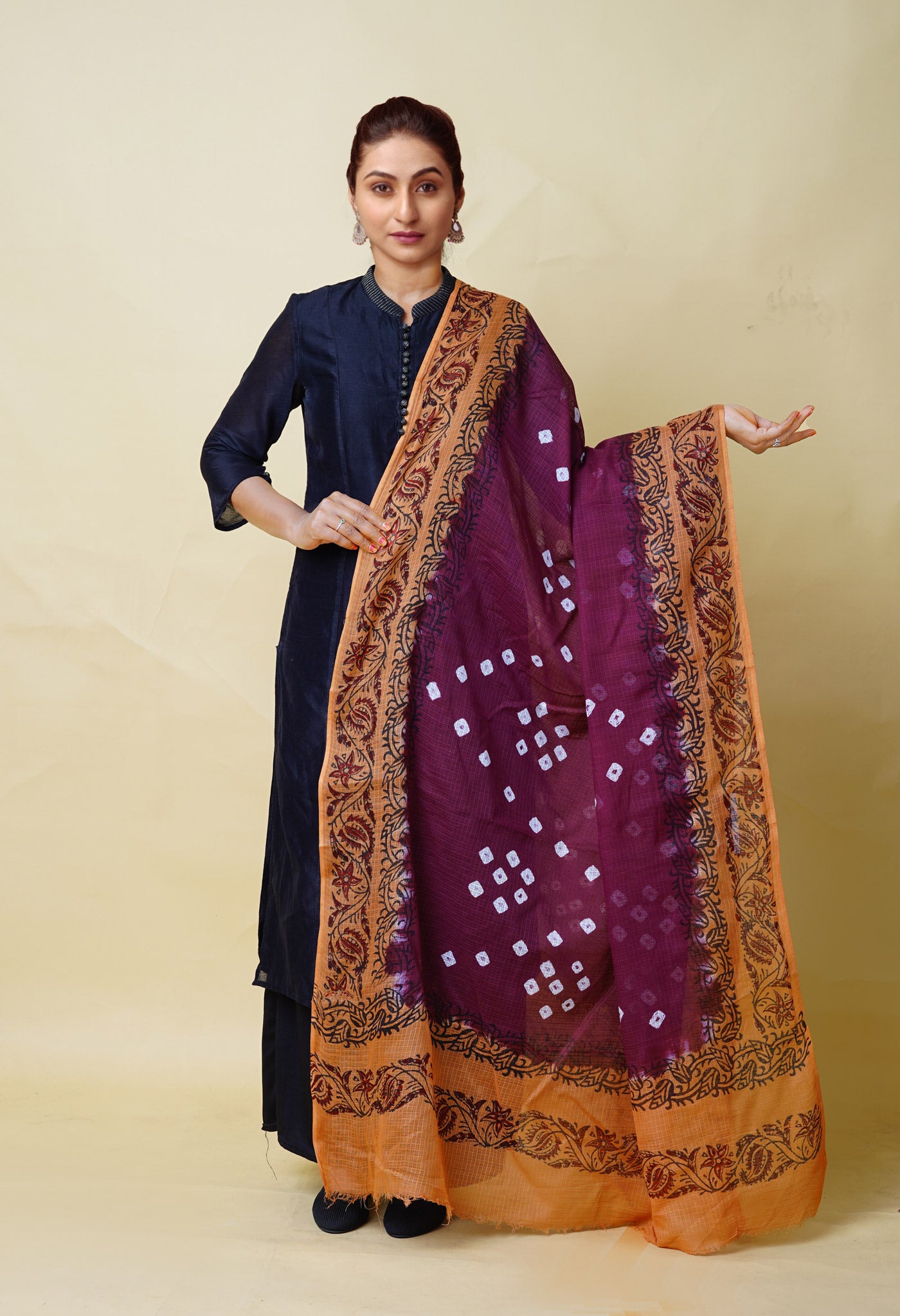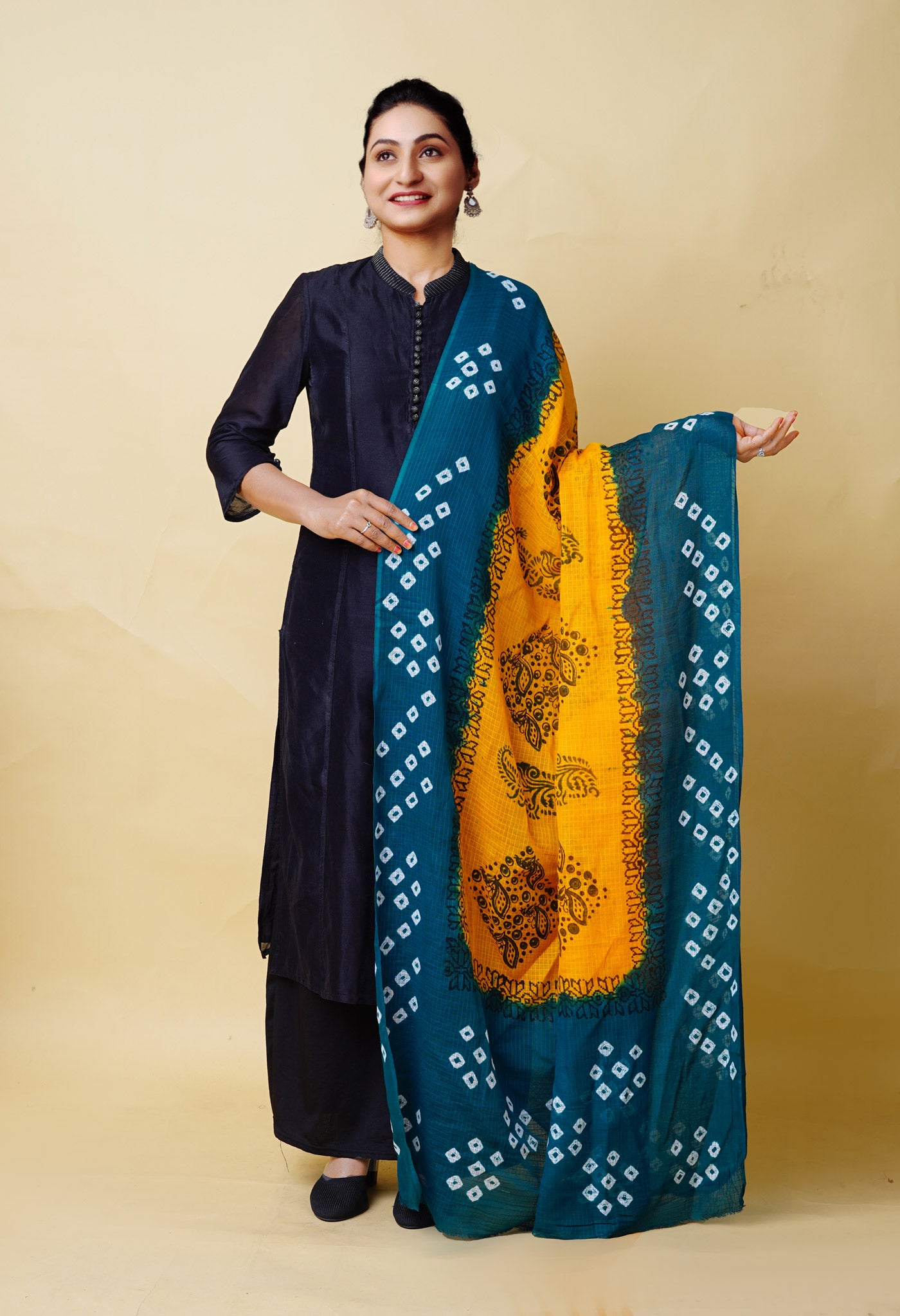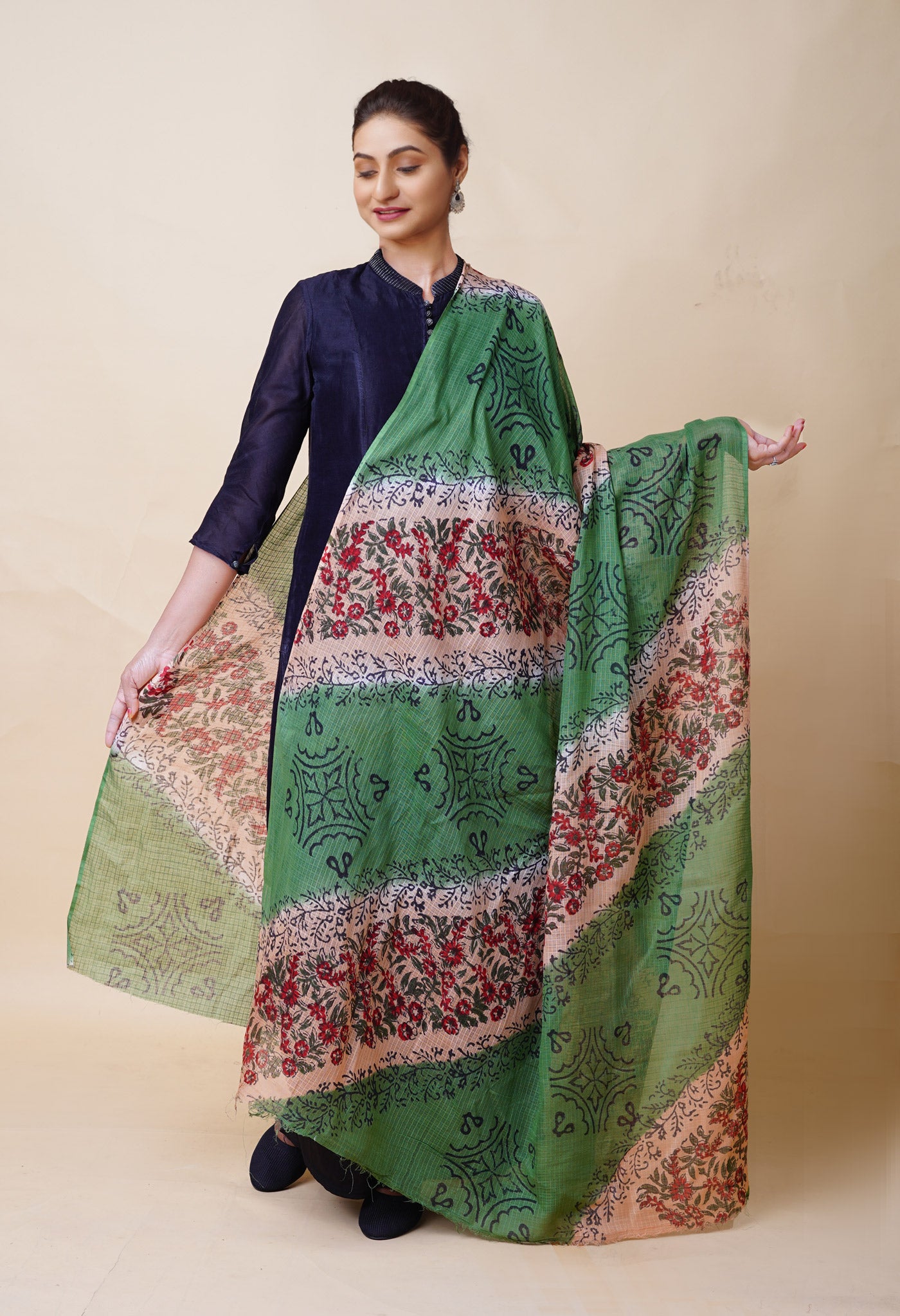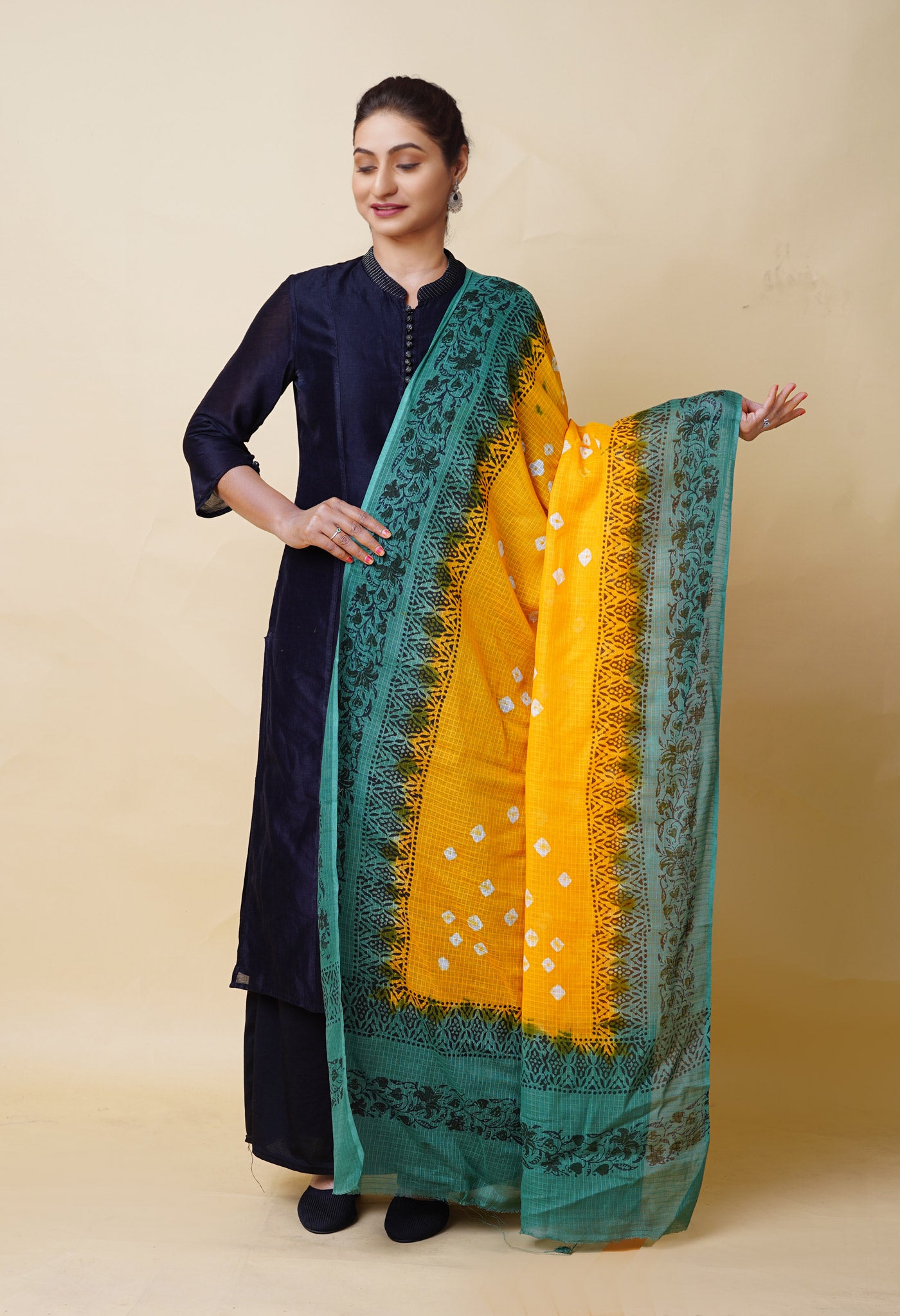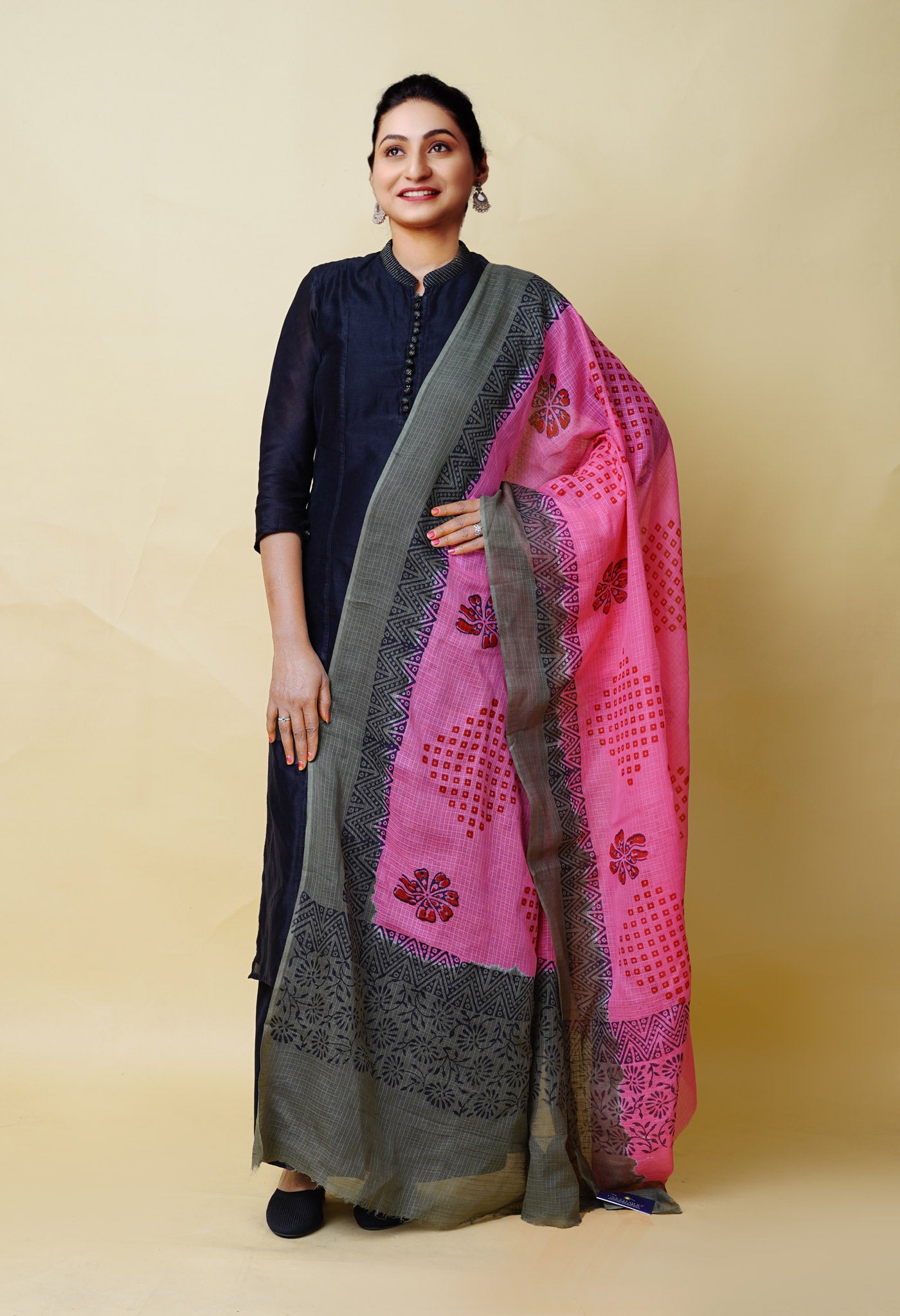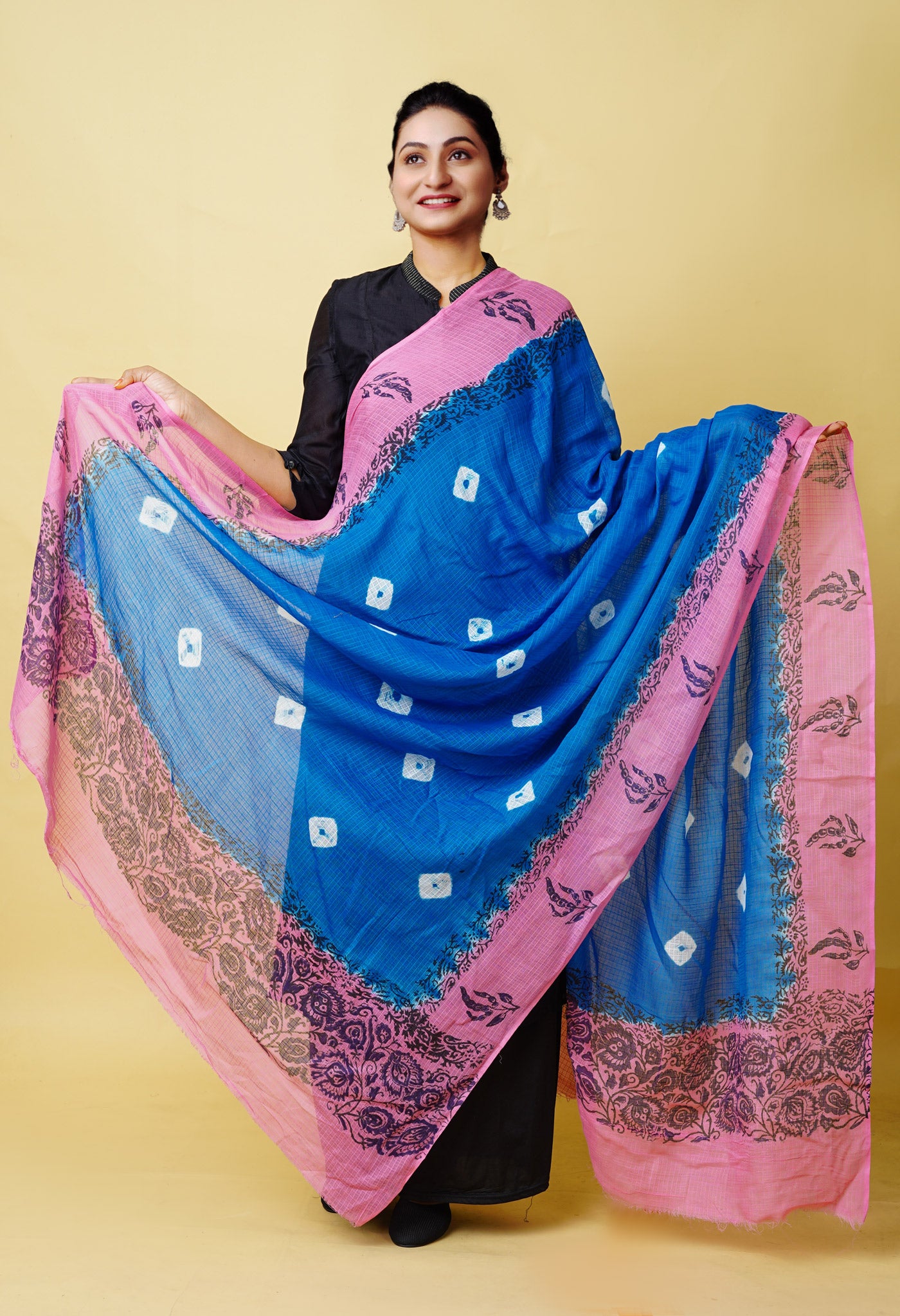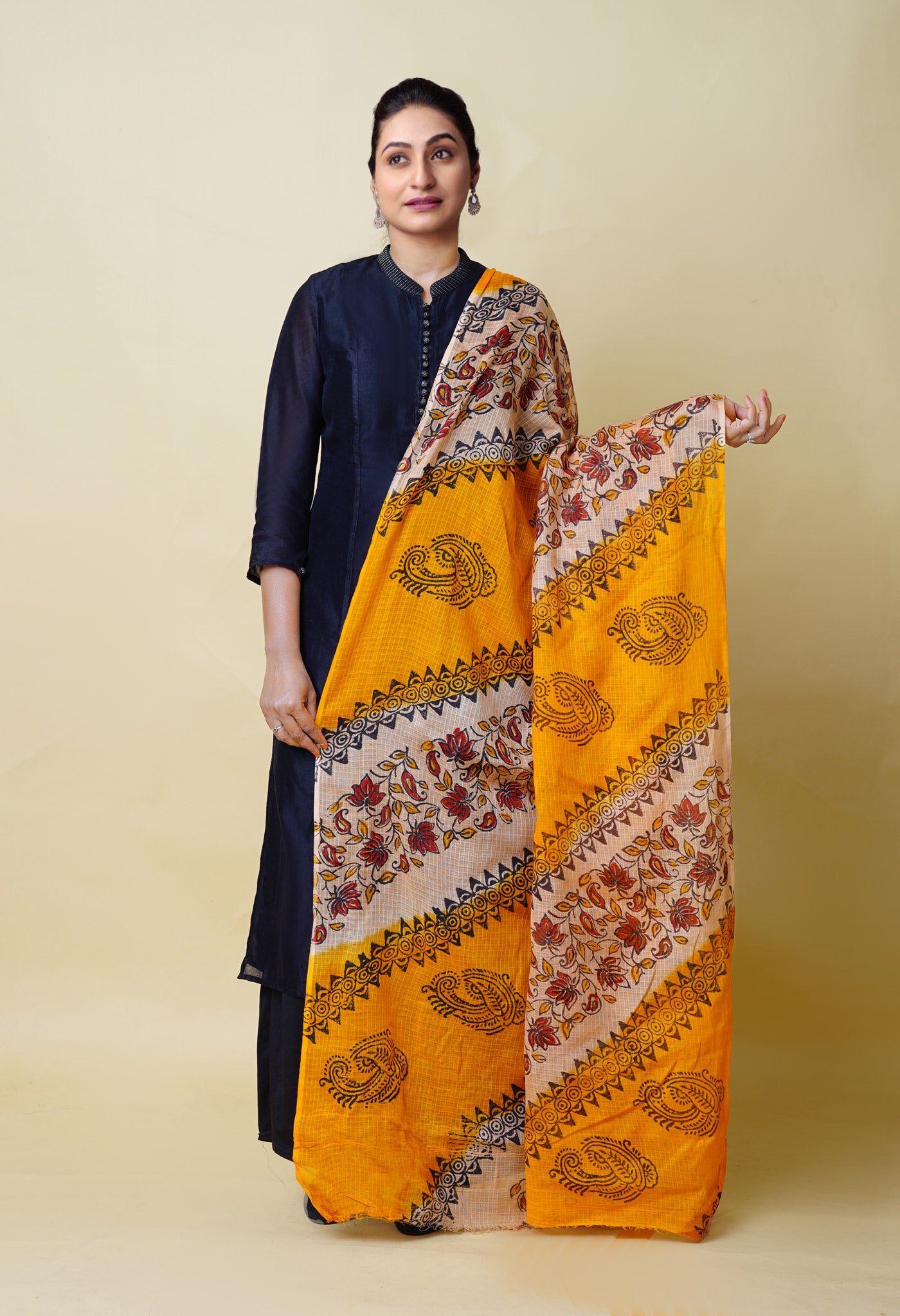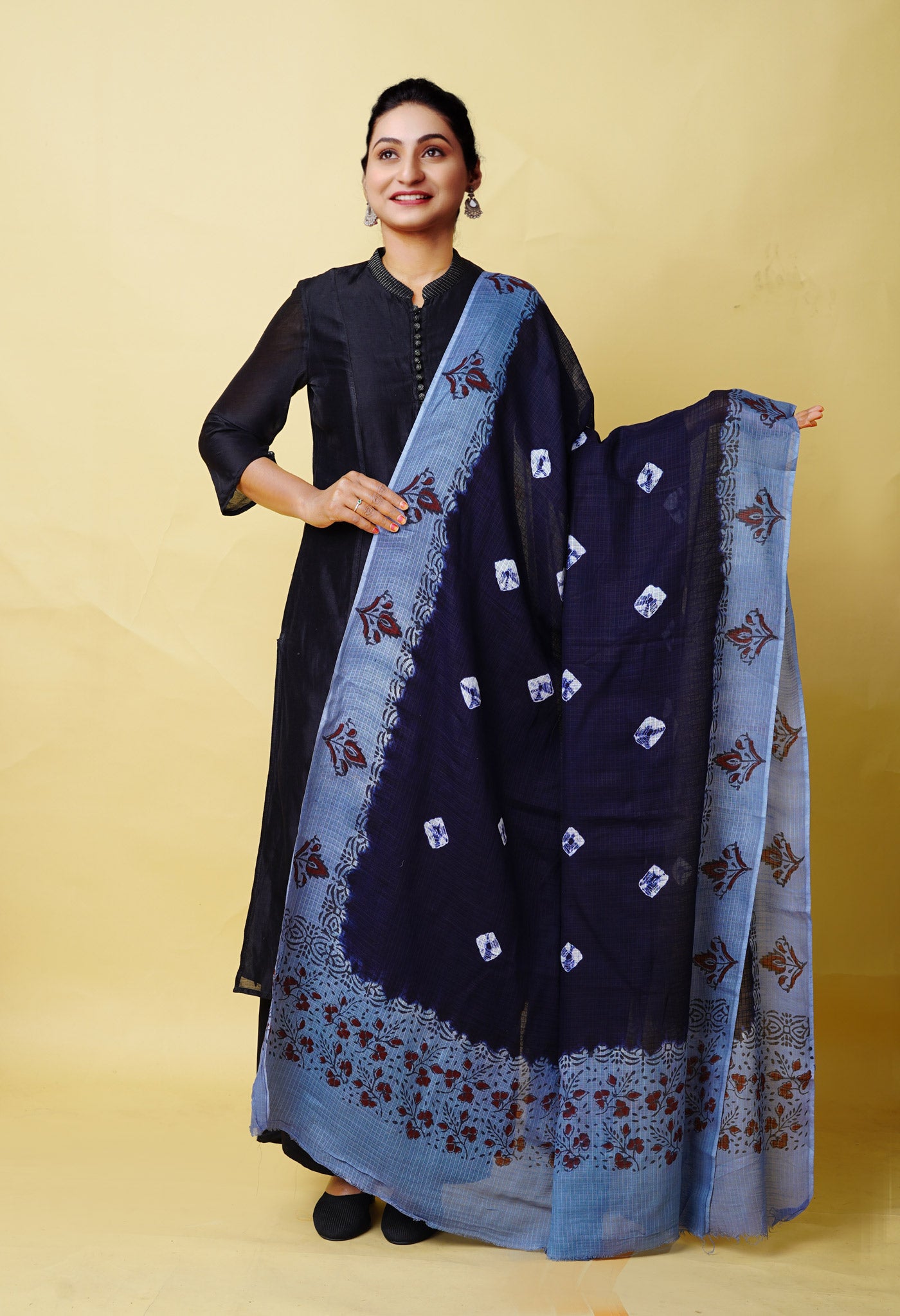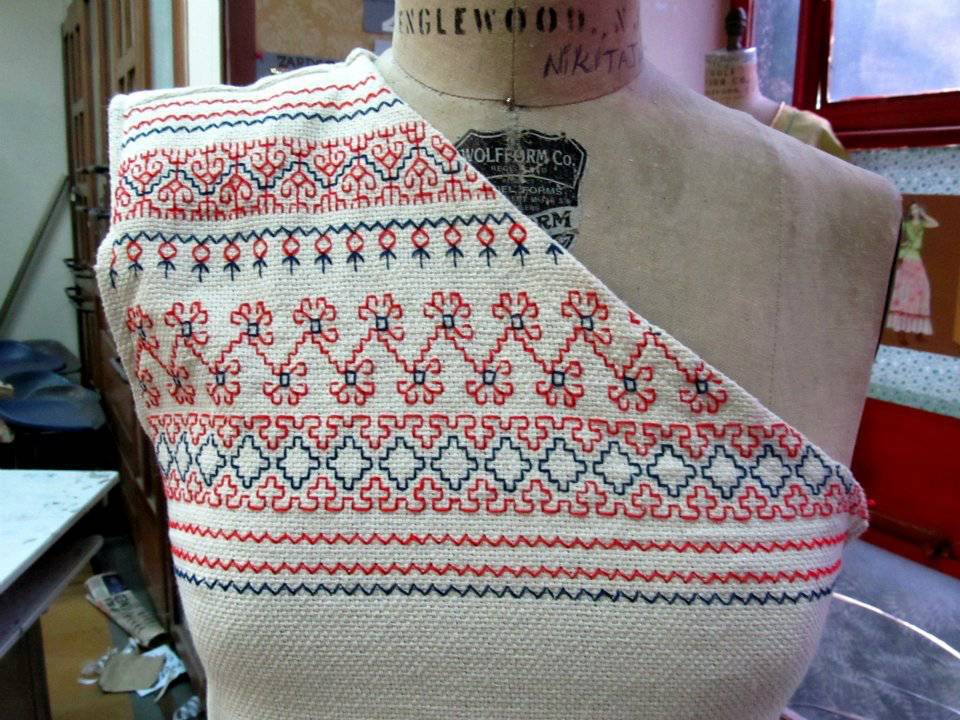
Microscopic thread embroidery of the Kasuti

 Kasuti embroidery, a fine handicraft that involves threadwork in the miniature and minuscule variety, is done on the handloom saree varieties as Ilkal, Kanjeevaram and Mysore Silk though it can also be done on other exclusive varieties.
Kasuti embroidery, a fine handicraft that involves threadwork in the miniature and minuscule variety, is done on the handloom saree varieties as Ilkal, Kanjeevaram and Mysore Silk though it can also be done on other exclusive varieties.
It generally has patterns like gopura (an ornate monumental entrance to a Hindu temple), temple gateways, chariots of deities, palanquin, lamp pillars and conch shells that have extraordinarily fine detailing. This apart, all sorts of flora and fauna find themselves as explorative subjects for Kasuti.
The special features noticed in the Kasuti embroidery are:
- Main motifs tend to be larger close to the pallav and diminish in size moving downwards
- Stiches are not restricted to any particular direction and hence one may observe vertical, horizontal and diagonal stitches across the fabric
- Motifs are completed at the end and not returned to base once again. The blank spaces are filled in by the stitching line.
- There are no tracings and the art becomes more exquisite since the motif is stitched by memory with threads being counted and trusted to memory despite the number. This makes the stitches appear extremely even and neat, and the effort is truly mind boggling.
- Kasuti has dark backgrounds and bright threadwork. Threads of red, orange, purple, green, blue and yellow create a brilliant contrast to a generally black or deep red background and the effect is sensational
- The Chandrakala or the black or blue-black silk saree on which the kasuti is woven is a special bridal trousseau that has beautiful catchy motifs at the end panel, which the would-be bride herself weaves. An added charm is the exquisite mirror work within the kasuti.
Locally available materials are generally used for kasuti. The pattern is first marked in charcoal or pencil. Then the appropriate size  and type of needles are selected for the embroidery to be done.
and type of needles are selected for the embroidery to be done.
The beauty of kasuti embroidery is that both sides of the kasuti that is embroidered look alike, this owing to the lack of knots being used. But that complicates the work by making it more laborious in having to keep correct count of each thread that is woven on the cloth.
The stitches employed are Ganti, the double running stitch, Murgi, the zig zag stitch, Neyge, the running stitch and Menthe, the cross stitch resembling fenugreek seeds.
Kasuti embroidery dates back to the Chalukya period in the 11th or 12th century. Work done using cotton with hands, Kasuti pertains to the intricate embroidery and one of the most difficult of the 64 arts, that, women courtiers in the Mysore Kingdom were  expected to be adept in. It is also attributed to the Lambani tribe that originally came from Rajasthan and then settled in Karnataka who raised the levels of this craft to great heights. In fact the Kasuti would always be a part of the bridal trousseau of which the Chandrakali saree in black silk was of prime importance.
expected to be adept in. It is also attributed to the Lambani tribe that originally came from Rajasthan and then settled in Karnataka who raised the levels of this craft to great heights. In fact the Kasuti would always be a part of the bridal trousseau of which the Chandrakali saree in black silk was of prime importance.
There was a time when despite the encouragement of the Government and some NGOs to popularize this art, for this fine tradition to continue unabated, had few takers. However in recent times there has been a revival or turnaround where the interest in this ethnic artistry is slowly taking root and the Kasuti is getting the impetus through more and more followers keen on learning this art flocking to certain institutions in Dharwad set up by the government.
NGOs to popularize this art, for this fine tradition to continue unabated, had few takers. However in recent times there has been a revival or turnaround where the interest in this ethnic artistry is slowly taking root and the Kasuti is getting the impetus through more and more followers keen on learning this art flocking to certain institutions in Dharwad set up by the government.
Once adorning fine dresses in the royal court alone, and then extended to other dresses as time went by, the Kasuti embroidery today proudly adorns the grand Mysore Silk Saree too.
As with any traditional art being protected legally from unjust exploitation in the use of the name for commercial purposes from  spurious or comparatively inferior goods in the market, the Karnataka Handloom Development Corporation has thought fit to get the Geographical Indication label or Intellectual Property rights for the restricted and reserved use of Kasuti only for this type of traditional embroidery.
spurious or comparatively inferior goods in the market, the Karnataka Handloom Development Corporation has thought fit to get the Geographical Indication label or Intellectual Property rights for the restricted and reserved use of Kasuti only for this type of traditional embroidery.
Unnati Silks in the forefront of encouragement and morale boost to Indian ethnic since three decades has a deep-rooted association with master weavers across India. With a range of 300 + varieties in sarees and salwar kameez mostly in the traditional handloom variety, Unnati also has a special range of Dharwad cottons with the inspirational Kasuti embroidery.
 Today Kasuti needs a lot of encouragement from the market and continued support from the government, NGOs, encouraging individuals and groups, if as a heirloom heritage of India it has, to retain its shine and pride through newer and equally fantastic creations in thread artistry.
Today Kasuti needs a lot of encouragement from the market and continued support from the government, NGOs, encouraging individuals and groups, if as a heirloom heritage of India it has, to retain its shine and pride through newer and equally fantastic creations in thread artistry.

